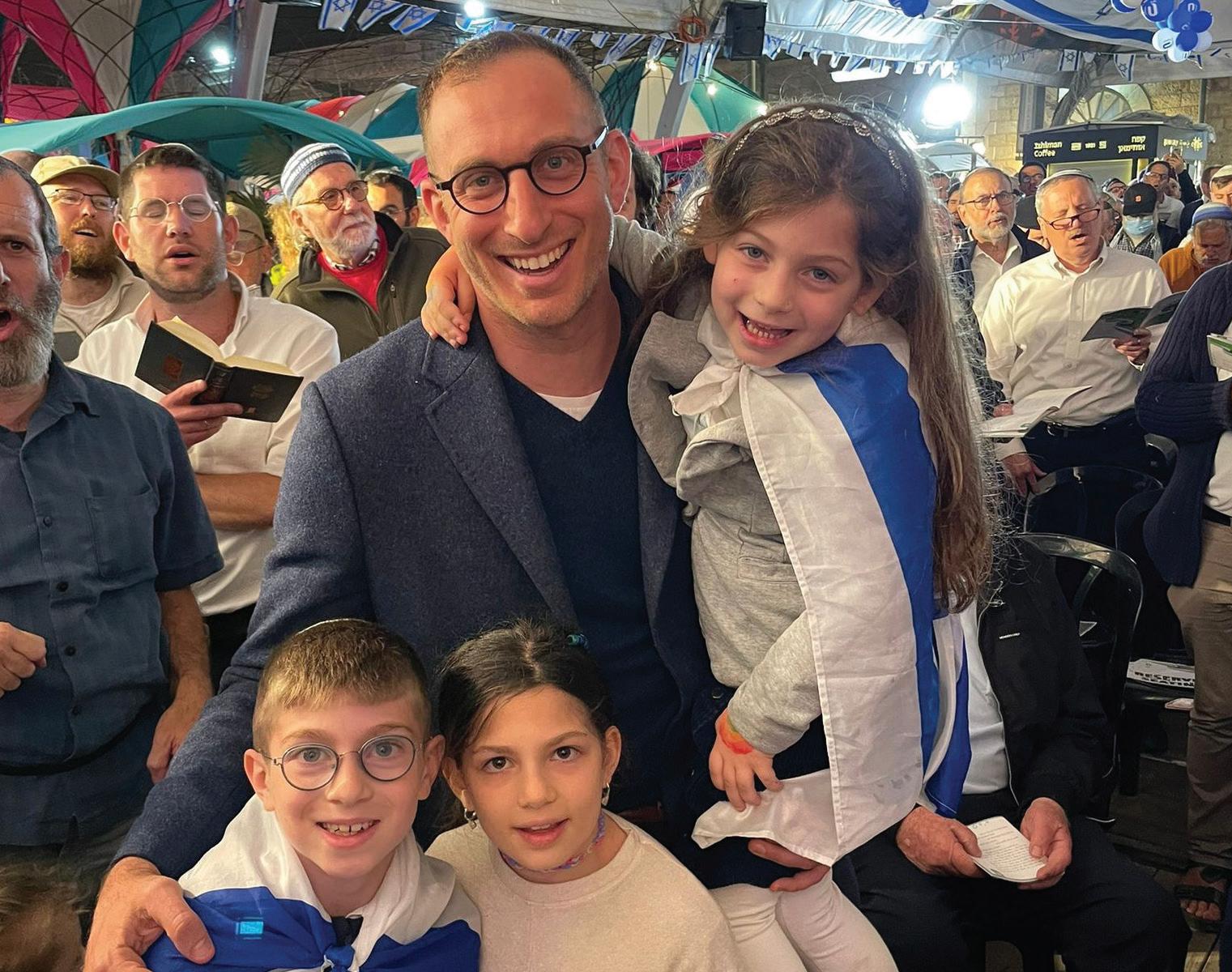
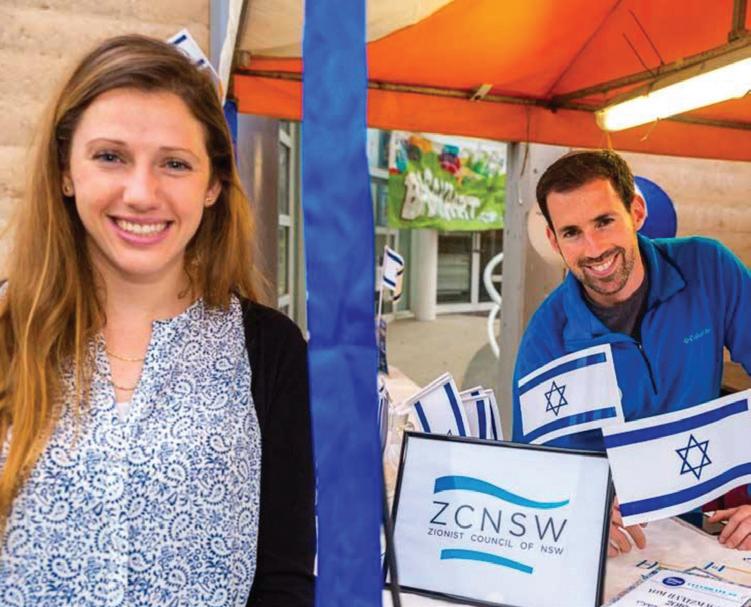
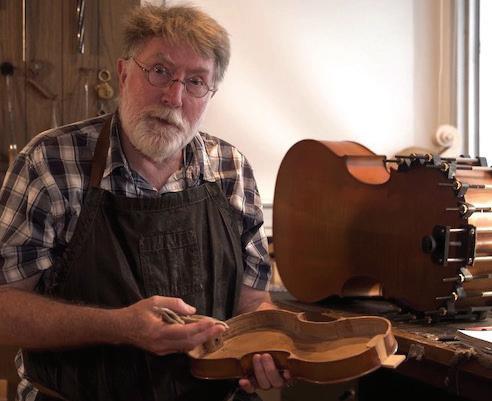
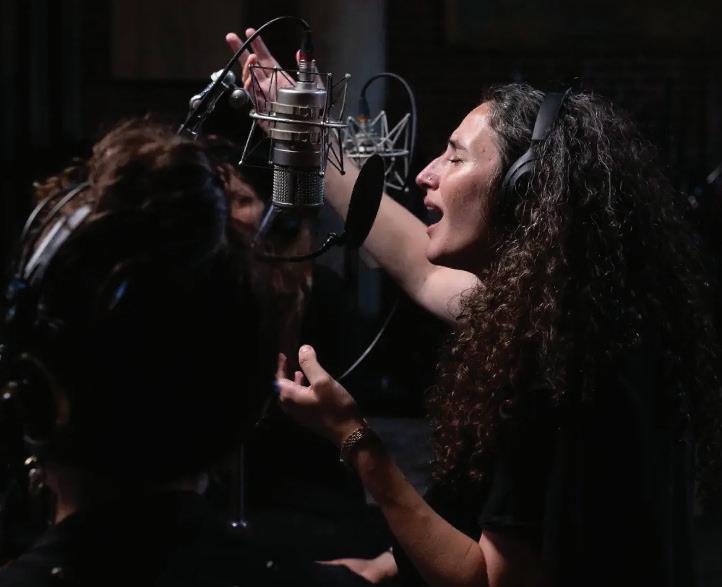
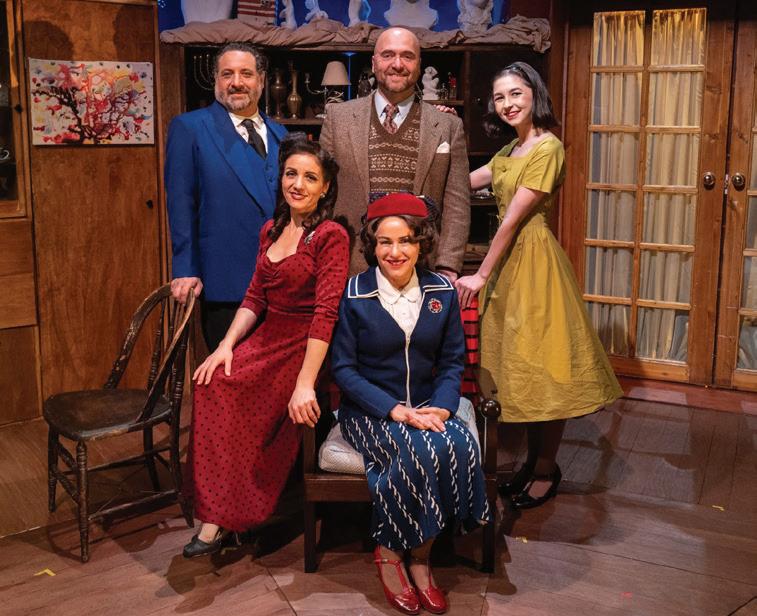






I don’t have a creative bone in my body, I hear you say. But, many pursuits fit the definition of creativity. You don’t need to be Rodin, Michelangelo or Van Gogh.
How about being passionate about technology, cooking, gardening, sewing or dancing? Are you good at crosswords or sudoku? There is creativity involved in all those pursuits.
Psychological research confirms that being creative can increase positive emotions, lessen depressive symptoms, reduce stress, decrease anxiety and, even, improve the functioning of one’s immune system. Spending time on creative activities is associated with a higher “activated positive affect”.
“Positive affect” is the extent to which people experience positive moods, reflecting happiness and optimism. Higher positive affect lowers stress and expands perspective, opening us up to more possibilities.
Being creative boosts brain function. When we are creative, we use parts of the brain that are not activated in undertaking routine, everyday tasks. The

analytical left hemisphere focuses on motor functions, the right is the creative.
We know that social connection is vital for well-being. Creative activities undertaken in groups provide the opportunity to interact with others. It also helps boost self-esteem and confidence. There is a sense of satisfaction and achievement. You might have noticed that adult colouring-in books are “a
7. Name the female prophetess mentioned in 2 Kings 22:14–20 and 2 Chronicles 34:22–28.
8.In Hebrew, what is the opposite of yamin?
thing” now. That’s because they help you find “your flow” – the state where you’re so absorbed in an activity that you forget all the worrying thoughts lingering in your mind.
It’s impossible to be stressed or anxious when you’re completely “in the moment”.
I referenced research earlier. Studies indicate that engaging in creative
activities during stressful times results in a significant decrease in anxiety afterwards. It is a mechanism to help cope with stress. It also boosts the natural, feel-good hormone dopamine. So, the next time you are feeling low, try to pursue something creative.
Anne-Marie Elias is a psychologist in clinical practice for 25 years.
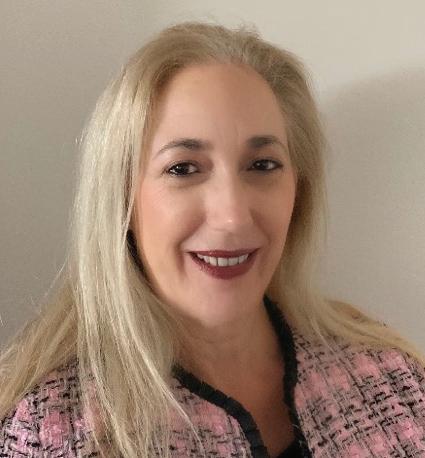
Good luck. Enjoy. Hopefully, learn something new about your Jewish heritage and tradition.
Thank you to so many readers for their positive feedback about our unique Judaica quiz crafted by the learned and talented Rabbi David Freedman. His breadth of knowledge of all-things-Judaica enables us to dip and dive into myriad topics. These include Zionism, Jewish music, education, the Hebrew language. We also see a nod to both the Sephardi and Ashkenazi heritage and culture and yes, as always so much more.
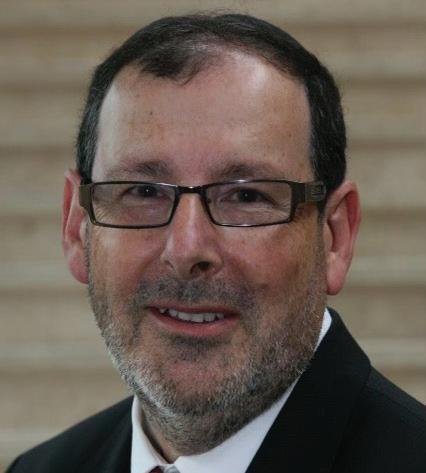
1. How long after the capture of Beer Sheva (October 31, 1917) by the British and Anzac servicemen did Lord Balfour send the letter (which became known as the Balfour Declaration) to Lord Rothschild?
2. Which famous Chasidic Rebbe said the following: “If you won't be better tomorrow than you were today, then what do you need tomorrow for?”
3. Simcha ben Samuel of Vitry composed which famous liturgical work in the 11th century?
4. Which former record producer and convicted murderer died in prison from Covid 19?
5. Who is one of Britain’s most famous cooks, known for her enthusiastic, verbose descriptions of food and her midnight cake cravings?
6. Born in Poland, who founded the Bais Ya'akov educational movement for girls and brought about a revolution in the status of women in Orthodox Judaism?
9. The beginning of the Warsaw Ghetto Uprising in 1943 coincided with which Jewish festival?
10. Where would one find the Yosef Caro Synagogue?
11. Who is the current Israeli ambassador to Australia?
12.What potentially dangerous event occurred in 1995 in the Gulf of Eilat, 100km south of Eilat?
13. Max Homa is an American Jewish sportsman in which sport?
14. Name any one of the three Jewish organisations that founded ZIM Palestine Navigation Company Ltd in 1945.
15. Which is the oldest of Israel’s banks?
16. Approximately how many different species of birds are found in Israel?
17. Complete the following phrase from the Book of Proverbs:
“The fear of the LORD is ……”
18. In which book of the Bible do we read about the Valley of the Dry Bones?
19. What does the word Talmud mean?
20. What is the name of the publishing house of the Hebrew University?
21. Which two Jewish brothers became the sole owners of Macy’s in 1896?
22.Which commemorative day in the Jewish calendar precedes Yom Ha’atzmaut?
23. Before Noah released the dove from the Ark, which other bird did he send out?
24.In which Spanish city is a statue of Moses Maimonides?
25. Neil Sedaka’s paternal grandparents were Sephardi Jews who arrived in the USA in 1910 from which Mizrachi or Middle Eastern Jewish community?
ANSWERS PAGE 14
How many common words of five or more letters can you spell using the letters in the hive? Every answer must use the centre letter at least once. Letters may be reused in a word. At least one word will use all seven letters and have a direct Jewish connection.

Proper names and hyphenated words are not allowed. Score 1 point for each answer and 3 points for a Jewish related word that uses all 7 letters.
Rating: 20 = Good, 25 = Excellent, 30 = Genius
Yoni Glatt has published more than 1,000 crossword puzzles worldwide, from the LA Times and Boston Globe to The Jerusalem Post. He has also published two Jewish puzzle books: "Kosher Crosswords" and the sequel "More Kosher Crosswords and Word Games".
ANSWERS PAGE 14
Last year JCA recorded its highest ever fundraising total. While $14.3m was a considerable achievement, the figure still fell significantly short of the requests from 25 supported organisations. The pressure is on for JCA to build on that success in 2023 and close this gap.
With almost three years of engagement impacted by COVID restrictions, 2023 will see the return of a significant communal event.
The focus will be on issues concerning our local Jewish community and the incredible organisations providing the services and programs that impact the lives of everyday people.
“The theme of this year’s campaign is connecting pieces of the puzzle. Our donors are the reason it all comes together and we need their support more than ever,” said JCA CEO Alain Hasson.
“At our event on Sunday, 28th May, attendees will hear from keynote speakers with experiences in all the sectors we fund – Aged and Community Care, Holocaust, History and Heritage, Security and Advocacy, Jewish
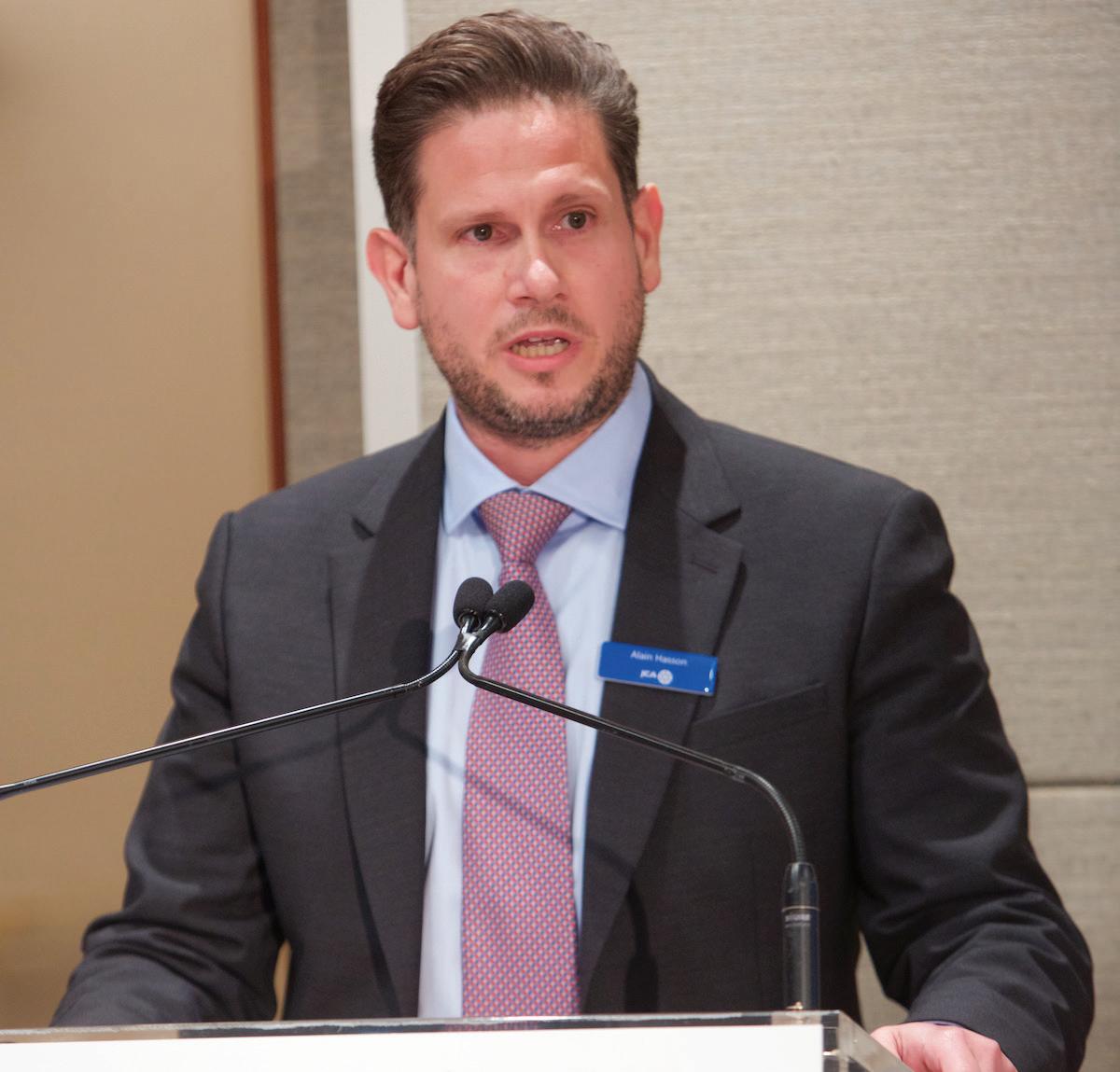
Education and Culture, Engagement and Outreach. In addition to our keynote speakers, specially chosen panels will address topical issues concerning our community.
The event promises to be educational and thought-provoking, and we hope that people will leave inspired and proud to support our community and be part of its future,” Mr Hasson said.
JCA is anticipating that more than 1,000 people will attend the two sessions where they will help “put the pieces together”.
“With an ambitious target of $15.8m, the dollars are significant but not the only part of the challenge,” Mr Hasson said. “We want to see an increase in JCA donors this year. We have a community of 45,000 strong, however only 3,700 households donated in 2022.
We would love to see that figure rise by at least 1,000 households and represent greater community engagement, connection and growth.”
To book for the event, go to https://bit.ly/campaignevent2023
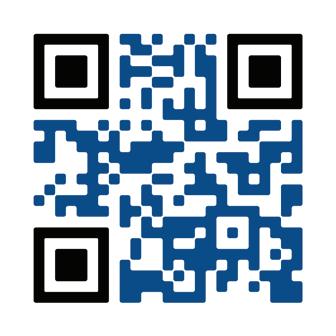
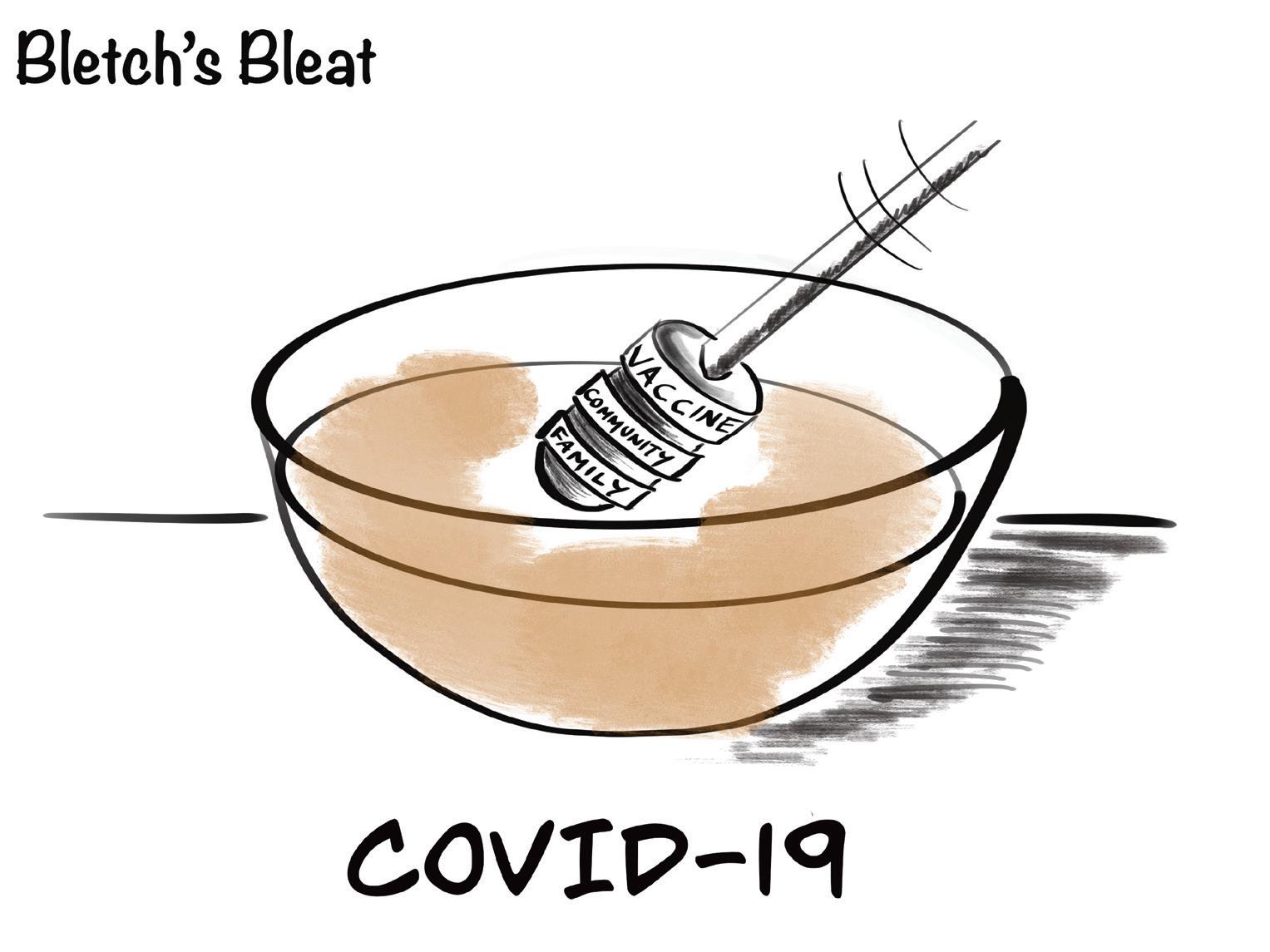
The pantomime artist’s greatest performance: risking his life to save others.
Marcel Marceau not only entertained with his funny, graceful, exaggerated movements, he saved lives – including hundreds of orphans – during the Holocaust.
As a teenager, he put his gift of acting to good use. A member of the resistance movement fighting the Nazi occupation of France, he masqueraded as a Boy Scout director and evacuated a Jewish orphanage. He first convinced the children in eastern France that they were going on a hiking vacation in the Alps. Then he shepherded them to safety in Switzerland. He avoided detection on the perilous journey by charming the children with silent pantomime.
“He was miming for his life,” said documentary filmmaker Phillipe Mora, whose father was Marceau’s partner in the French resistance.
Marceau was born into a Jewish family as Marcel Mangel on March 22nd, 1923, in Strasbourg on the Rhine. He professionally performed what he called “the art of silence” worldwide for more than 60 years. It all began when he discovered Charlie Chaplin at age five and amused friends by imitating the silent film star.
Marcel changed his last name to Marceau at age 16 to avoid being identified as Jewish. The Nazis had invaded France and the Jews of Strasbourg, in the Alsace region near the German border, were fleeing to save their lives.
Young Marcel travelled with his older brother to Limoges and joined the underground. Marcel not only mimed to keep orphans quiet as they crossed the border into Switzerland, but he also performed a sleight-of-hand, changing the ages on the identity cards of scores of French youths, both Jews and Gentiles. He wanted to make them seem too young for labour camps or work in German factories for the army.
“I don't like to speak about myself, because what I did humbly during the war was only a small part of what happened to heroes who died through their deeds in times of danger,” Marceau said at the University of Michigan in 2001, when accepting the Raoul Wallenberg Medal in memory of a righteous Gentile who saved thousands of Jews from death in the Holocaust. “Think about the American G.I.s when they were at Normandy and were killed terribly before they reached France.
“We shall never destroy evil, unfortunately. But good exists also among the majority. I will speak only briefly about my own deeds. It is true that
I saved children, bringing them to the border in Switzerland. I forged identity cards with my brother when it was very dangerous because you could be arrested if you were in the underground. I also forged papers, not to save only
who hid him during the war knew Marceau later would make an important contribution to the theatre.
He talked about his father, whom he didn’t have a chance to rescue. The elder man, a butcher, died in Auschwitz.
Master of Silence – it may have been particularly difficult for him to break the silence about this tragic period in his life.” He built a career on that silence.
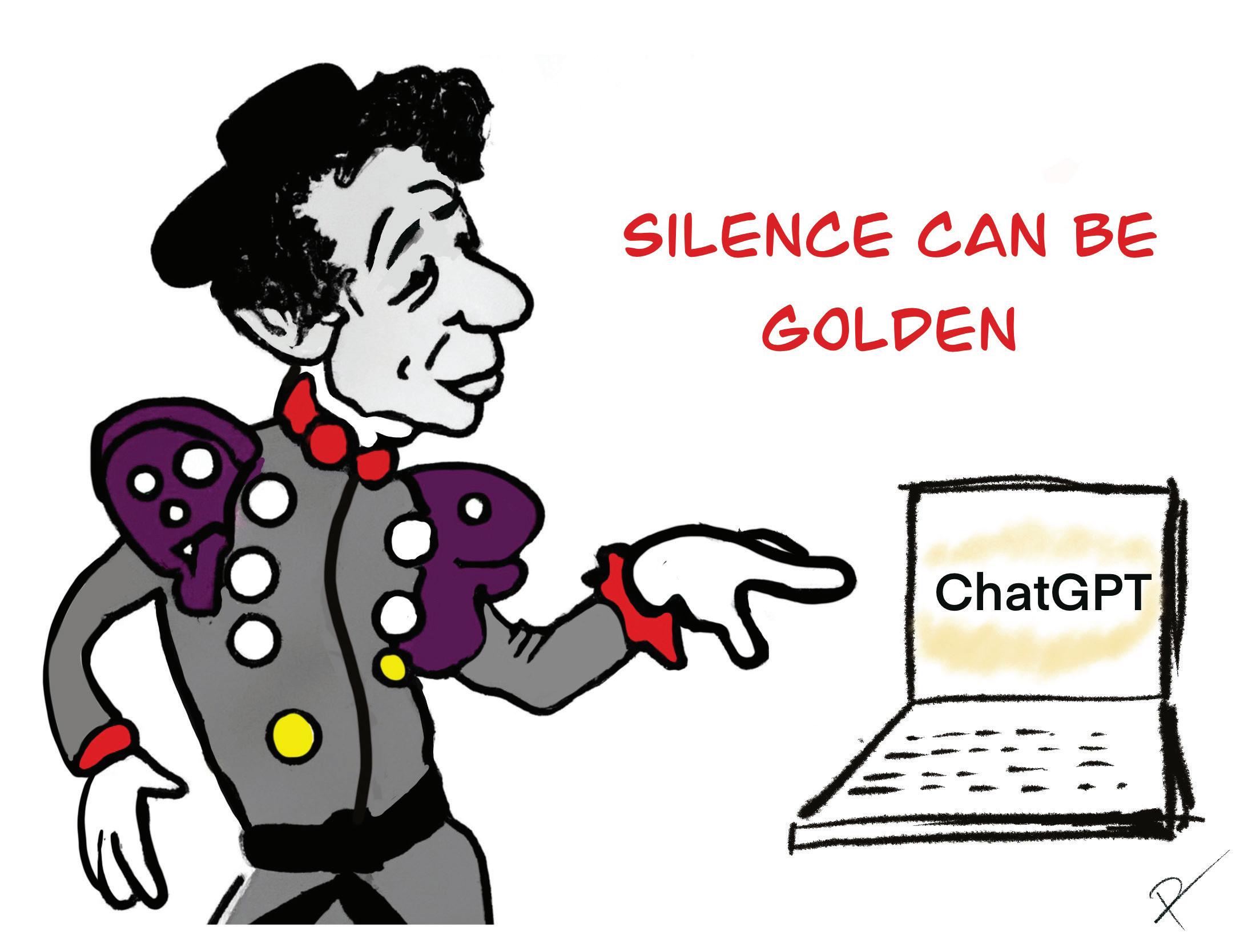
In 1944, after Paris was liberated, Marceau enlisted in the French Army, serving side by side with American G.I.s. As he recalled, “We were already at peace in December 1945, but we were still mobilised. I went to Frankfurt where there was the Sixth Army of General Patton and I met Captain Parker. He said to me, ‘Young man, what will you do later?’ I said, ‘Pantomime … you know, Chaplin, Keaton, I want to make theatre without speaking.’”
Jews and children, but to save Gentiles and Jews, especially Gentiles because there was a law in Vichy-occupied France – to send the young French men, who were 18, 19 years old, to factories in Germany to work for the German Army. And then I had an idea to bribe the officials and make people look much younger in their photos.”
That night in Michigan Marceau gave the crowd advance warning: “Never get a mime talking, because he won’t stop.”
He talked about the acting skills that enabled him to save lives. The cousin
“I cried for my father,” said Marceau, “but I also cried for the millions of people who died.”
The great mime hadn’t spoken about his World War II experiences earlier in his life. His silence wasn’t surprising, according to University of Michigan professor emerita Irene Butter, who introduced him as the Wallenberg Medallist.
“Many, if not most, survivors of the Holocaust were not able to speak about it for nearly half a century,” explained Butter, herself a Holocaust survivor. “Marcel Marceau is known as the
The captain asked Marceau to demonstrate. He obliged with shticks about walking against the wind, climbing stairs and engaging in a tug of war. Then Parker asked him to entertain the U.S. troops – 3,000 strong.
With white face, arched eyebrows and red lips, Marceau continued to communicate to audiences through movement for decades.
Until his death on Yom Kippur at age 84, Marceau performed 300 times a year and taught at his pantomime school in Paris. The artist who brought poetry to silence was laid to rest in a Paris cemetery in 2007.
RONDA ROBINSON COURTESY: AISH.COM
CONSIDERED
“Never get a mime talking, because he won’t stop.” – Marcel Marceau
The Zionist Council of NSW is overseeing community celebrations to mark a major Israeli milestone – its diamond jubilee.
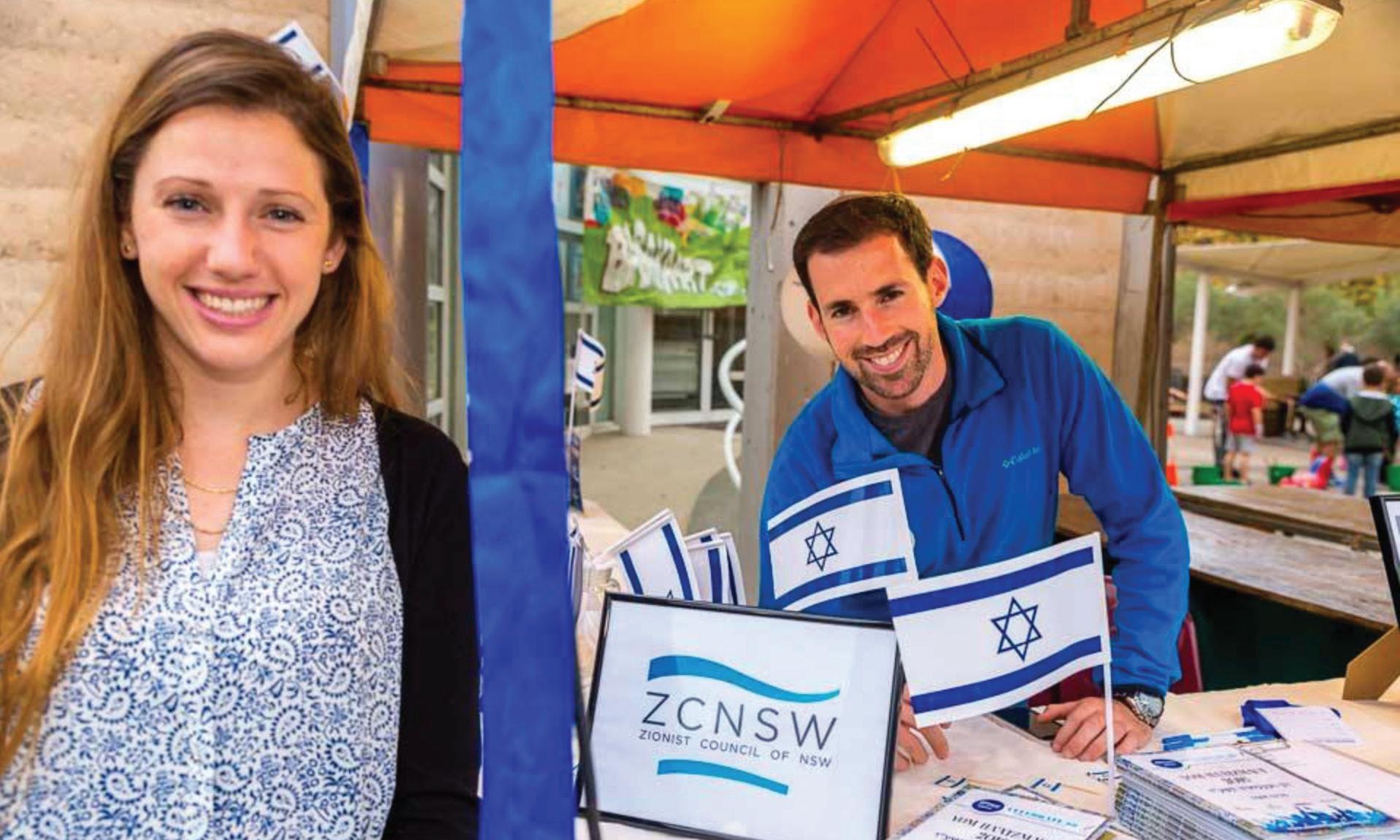

The Jewish Report spoke with Zionist Council CEO Teneille Murray and asked her what the Council is doing to mark Israel’s big anniversary.
On Tuesday evening, the 25th of April, our community will celebrate Erev Yom Ha'atzmaut and this year is the big one! This is the year we celebrate the 75th anniversary of the independence of the State of Israel.
We are putting together a spectacular, free celebration called ‘A Taste of Israel’ to give our community the opportunity to celebrate on the night. It will be held at Mizrachi Synagogue, Bnei Akiva Moadon and Barracluff Park.
From 6-7pm there will be a Tefillah Chagigit. From 7-9pm there will be a huge variety of activities and ways to celebrate, including Jewish comedian Michael Shafar headlining a comedy set, social media influencer Adiel Cohen speaking live, panel discussions on Israel with experts from our community and from Israel, Israeli wine tasting, food demonstrations with Israeli chefs, K'tevet Esh, Israeli music, a smorgasbord of family activities run by the youth and, to
traditional Israeli dishes like falafel and hummus, or indulge in sweet treat.
For the young adults our young adult division for 20s and 30s, I-Society, will be hosting a huge Yom Ha'atzmaut Party with Masa on Wednesday, 26th April.
As we celebrate Israel, it is important we remember the sacrifices that were made for our beloved homeland. On Monday, April 24th, we will come together to commemorate Yom Hazikaron, Israel's Memorial Day, at the annual ZCNSW Yom Hazikaron Memorial Ceremony to honour the memory of the country's fallen soldiers and victims of terrorism.
top it all off, we will light up Old South Head Road with a giant projection of the Israeli flag.
Then, on Sunday the 30th of April, the Zionist Council of NSW in conjunction with more than 40 of its affiliates from the NSW Jewish Community will be hosting a Yom Ha'atzmaut Family Concert and Carnival at the Entertainment Quarter, Moore Park.
It will be filled with exciting rides, games and attractions for people of all ages. There will be community stalls, a market and arts and crafts. Youth movements will also participate. There will be live
COA Sydney management, staff and volunteers wish all the readers of The Jewish Report a happy Yom Ha’atzmaut, celebrating 75 years of Israel.
COA has planned some excellent things to do in May, following the Yom Ha’atzmaut celebrations.
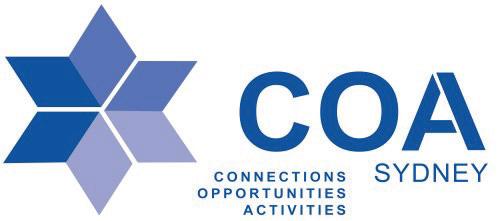
They kick off with an irreverent night with Sandy Gutman, aka “Austen Tayshus”, who will address the Supper Club at the COA Centre on Tuesday evening, 2nd May. It will include time for audience questions. Bookings are essential for this catered event.
Sandy is a comedian that has been described as Australia’s answer to Lenny Bruce. He can be crude and cutting. He can be wise and witty. He can be very controversial. He is anything but dull. With the release of a recent biopic about Sandy’s career, titled “Skin in the Game”, there has been a resurgence in the popularity of his comedy.
COA members and friends are also being offered the opportunity to participate in a fun and educational intergenerational project, working with the children of Mount Zion preschool in Bondi Junction on arts and crafts. Sessions will be held on Thursday, 18th and 25th May. Bookings must be made in advance through COA.

Seniors should make their own way to Mount Zion kindergarten. They must commit to attending both sessions and they cannot be closely related to any of the children in the class. There is no cost, but there must be at least 10 seniors involved.
From 28th May to 4th June, COA Sydney and B’nai B’rith will present a community exhibition titled “A Showcase of Jewish
Artists”. All age groups and artistic mediums will provide a week of discovery. The works will be for sale, with proceeds split between the artists and the host organisations. The event will be held in the Shalom complex at the B’nai B’rith Centre – Barker Street, Randwick.
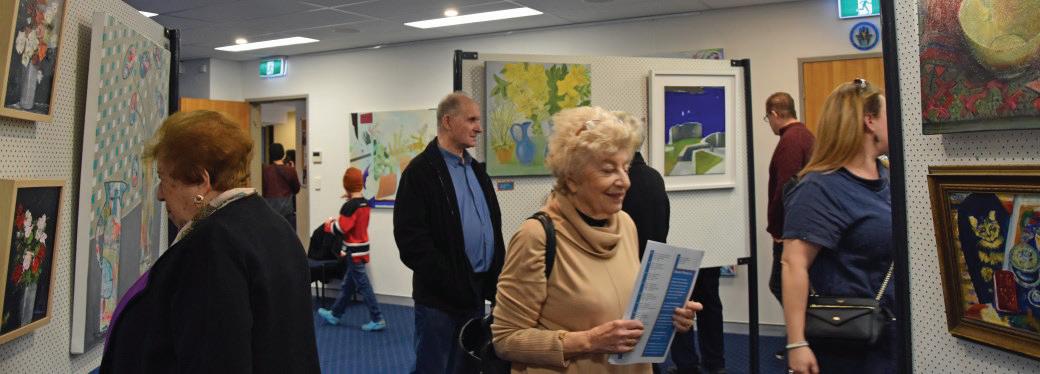
The regular extensive program is also on offer at the COA Centre. That includes Club COA between 10am and 2pm on Mondays and Wednesdays, with a variety of activities and live musical entertainment available. There are fortnightly Sunday movie presentations, bus outings and a range of volunteer opportunities. To see all that is on at the COA Centre, you can go to https:// www.coasydney.org/centre-program
To find out more about the Mount Zion Intergenerational Project and the Showcase of Jewish Artists, see the COA home page: https://www.coasydney.org/ and click onto the panels for the events in which you are interested.
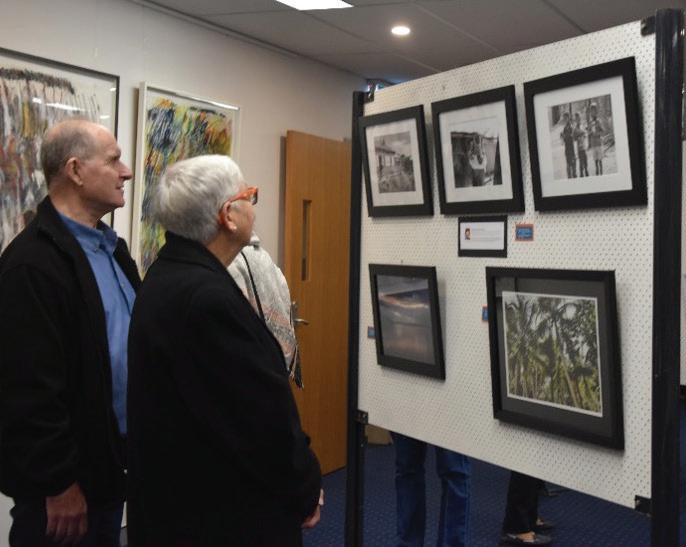
For bookings, contact Jackie Ryker at COA at j.ryker@coasydney.org or call 83675051.
music all event, featuring the Emanuel, Moriah and Masada school bands, and local Israeli and Jewish musicians. As the sun starts to set, settle in for an unforgettable concert featuring some of the best Israeli music acts in the country. Dance the night away to the beat of the best Israeli folk songs or sing along to your favourite Israeli hits. It's the perfect way to celebrate Israel's independence day and showcase our community's rich cultural heritage.
Of course, no carnival would be complete without delicious food, and we've got that covered too. Enjoy
This year, on the 75th anniversary of the War of Independence and 50 years since the Yom Kippur War, the day holds particular significance. These two wars were defining moments in Israeli history, shaping the country's identity and resilience. The War of Independence was a struggle for survival, as the nascent state fought for its right to exist against overwhelming odds. The Yom Kippur War, meanwhile, was a reminder of the ongoing challenges that Israel faces in a hostile region.
The Yom Ha'atzmaut events are made possible by our major sponsor, UIA.
For more information, go to https:// zionistcouncil.com.au/ All events are free but you must preregister.
May 2023
COA Supper Club
Tuesday 2 May 7-9pm At COA Krygier Centre, 25 Rowe St, Woollahra: Booking Essential
COA & Mount Zion Intergenerational Project
Thursday 18 and Thursday 25 May At Mount Zion Pre -School, 30 Bondi Rd, Bondi Junction: Booking Essential
For one week from Sunday 28 May to Sunday 4 June, 10.30am- rith Centre, Barker St, Randwick
COA Krygier Centre, 25 Rowe St, Woollahra Ph: 9389 0035 Em: coa@coasydney.org
Www.coasydney.org
Booking: on email to j.ryker@coasydney.org or by phone on 8367 5051
Chana Raskin breaks new musical ground with an album of Hasidic melodies.
Growing up in Brooklyn, Chana Raskin was exposed to different genres of Jewish music from a young age. With family lineage traceable all the way back to the Alter Rebbe, the founder of the Chabad branch of Hasidism, the Raskins always had a particularly special relationship with wordless Jewish melodies known as niggunim. Most often made up of rhythmic sounds (“lai-lai-lai” or “bim-bam”, for instance) instead of lyrics and sung or hummed in groups, niggunim were composed by Hasidic leaders, often hundreds of years ago.
“My father loves niggunim and he would always sing them. We grew up with Chabad music,” Raskin said, adding that as one of eight children singing niggunum was a family affair. “We used to sing a lot at the Shabbat table, on motzei shabbat [when Shabbat ends on Saturday night] and we would always play these Chabad niggunim albums.”
These melodies, which provide an intense spiritual experience for all participants and aim to elevate the soul, are sung at Hasidic gatherings. They are sung by men and women alike, but separately. Orthodox men are prohibited from hearing women singing, for reasons of modesty – a prohibition known as kol isha. (There are more lenient opinions from some rabbis that exclude singing in mixed groups from the prohibition.)
While professional recordings of Hasidic niggnum in a male voice exist and many people will listen to them outside traditional gatherings, previously no full album of professionally recorded Hasidic niggunim in a woman’s voice had – even if there is a debate in Orthodox Jewish law about whether kol isha extends to recorded female voices.
That changed with the recent release of 35-year-old Raskin’s album Kapelya, which comprises more than a dozen Chabad Hasidic niggunim sung by Raskin, who uses the name RAZA when performing. The album features vocals from an additional circle of 21 women, including a small group of female instrumentalists that come from a wide range of Jewish backgrounds and are not exclusively from the Chabad movement. The only man to feature in any capacity on the album is Joey Weisenberg, a wellknown Jewish musician-composer that does not sing on the album, but appears as an instrumentalist on some of Raskin’s tracks. Weisenberg also produced and musically directed the entire project and album with Raskin. Other men were also involved in the making of the album, including male recording engineers and filmographers.

While many Orthodox women do not sing in public due to the prohibitions against men hearing their voices, Raskin does not mind performing for mixed audiences and created her album for anybody who wants to listen to it. “My hope is that women in the various communities I am connected to, including the broad-spectrum religious community, [such as] the Hasidic community, will get to listen to this music,” she said. “I hope that women will
start singing and listening and know that they can and are invited to start singing and listening more deeply to this music as their own.”
A successful crowdfunding campaign for Raskin’s album in July last year cemented her status as a trailblazer in the world of Hasidic music. It is hoped that the story of these niggunim will resonate with all people across the spectrum of Judaism and the recordings of women singing niggunim will empower a new generation.
This album is also a part of Raskin’s personal healing journey. Just over eight years ago, she sustained a minor traumatic brain injury, which changed her life. “I spent two years in rehab and recovery. Much of the last couple of years has been cognitive rehabilitation. Music has been a really big part of that. Humming and music and stillness has been my healing,” she said. “During the past many years of recovery, music and singing have become a haven, a teacher, a place where I could just be. And that has been the deepest learning, the wisdom of rest, of quiet, of listening, that has informed all the music on this album.”
While Raskin has always been musically inclined, she had never considered herself a musician by trade. However, in the years since her injury she began teaching music more regularly and consistently. During her recovery, Raskin facilitated musical singing experiences for groups of mainly women, called Raza circles. “Raza is an Aramaic word that means ‘hidden’, she explained. “When I started the circles it was about
uncovering or discovering a sound that felt hidden, even from me. I heard a whisper, sometimes in my mind. I started the circles with the hope of trying to get to the sound … even though I was still physically and cognitively struggling, I needed to do something that would nourish my soul. I did monthly circles open to all and eventually also weekly circles for a dedicated group of musicians – all women. That’s when I officially deep dived into the niggunim.”
In recent years, the interest in creating new Jewish music has been largely driven by Hadar’s Rising Song Institute, founded by Weisenberg. The institute hopes to encourage the creation of Jewish music that resonates with many audiences. Raskin’s album is one of their projects. Rabbi Deborah Sacks Mintz is Hadar’s director of tefillah and music and her role involves creating opportunities for communal music and song. She supports emerging artists and prayer leaders, partnering with the Rising Song Institute in the cultivation of new Jewish music.
“The artists that we work with come from myriad diverse backgrounds, cultures, lived experiences and reasons for creating music in the first place. [At Hadar] our goal is to cultivate Jewish life through that diversity of song and to find the spiritual underpinnings of that music,” she said. “One of the core features of much of the music at the Rising Song Institute, at its essence, is that the music brings together the old and the new. And many of our artists –myself included as a compose –explore what that looks like through ancient texts
paired with new melodies and voices, and these are important contributions to the soundscape of Jewish life.”
As niggunim are traditionally sung in groups, to create Kapelya and be authentic to the genre, additional singers were required for the recordings. A core group of seven, called the RAZA ensemble, composed of female singers and instrumentalists, including Sacks Mintz, and spearheaded by Weisenberg, formed to support Raskin as she recorded the tunes. In addition to this core group, another team of women called the RAZA circle were also involved. “[These women] created the real fire and power of this record,” said Sacks Mintz.
Sacks Mintz is not surprised that Raskin’s journey led her to this recording project.
“I had been hearing about Chana Raskin for many years, as myself being a woman who loved to foster communal singing experiences. I couldn’t go anywhere in the Jewish world without someone bringing up her name and asking me if she and I had ever sung together,” said Sacks Mintz.
“I found her journey of excavating and exploring and unearthing the treasures of her own voice as a woman incredibly inspirational. Something unique that Chana is bringing with her musical traditions, is that she breathes old melodies to life with new voices and new perspectives. And that’s particularly exciting and courageous.”
This story originally appeared in Tablet Magazine (tabletmag.com) and is reprinted with permission.
It is with pride, joy and gratitude that UIA reflects upon the past 75 years of Israel’s existence. 75 years of building infrastructure, providing housing and jobs. 75 years of establishing education and healthcare systems, airlines and many other institutions that have become the backbone of Israeli society as we know today. 75 years of rescuing Jews from the threats they faced anywhere in the world and absorbing them. 75 years of growth and development, all of which has been achieved with Keren HayesodUIA (KH-UIA) in lock step.
While the miracle that is the State of Israel may have been declared in 1948, the work to establish a recognised Jewish Homeland began decades earlier. Mandatory Palestine of 1920 was a backward, desolate place. Jews were desperately trying to make a living, while defending themselves against a violent Arab population. The situation of world Jewry was also dire.
KH-UIA embarked on a mission of national revival, the likes of which had not been undertaken in 2,500 years. Yet the challenge of creating a sovereign state out of nothing and the sheer scope of this venture were mind-boggling. KHUIA brought and resettled hundreds of thousands of immigrants and created physical, social and educational

infrastructures for the state in progress.
By 1948, a Jewish state was no longer a utopian dream. Yet, tiny newborn Israel, which lost one per cent of its population in the War of Independence, faced the huge task of absorbing Holocaust survivors and refugees from Arab countries.
From its inception, the organisation’s mission was mutual responsibility and support for the People of Israel. With

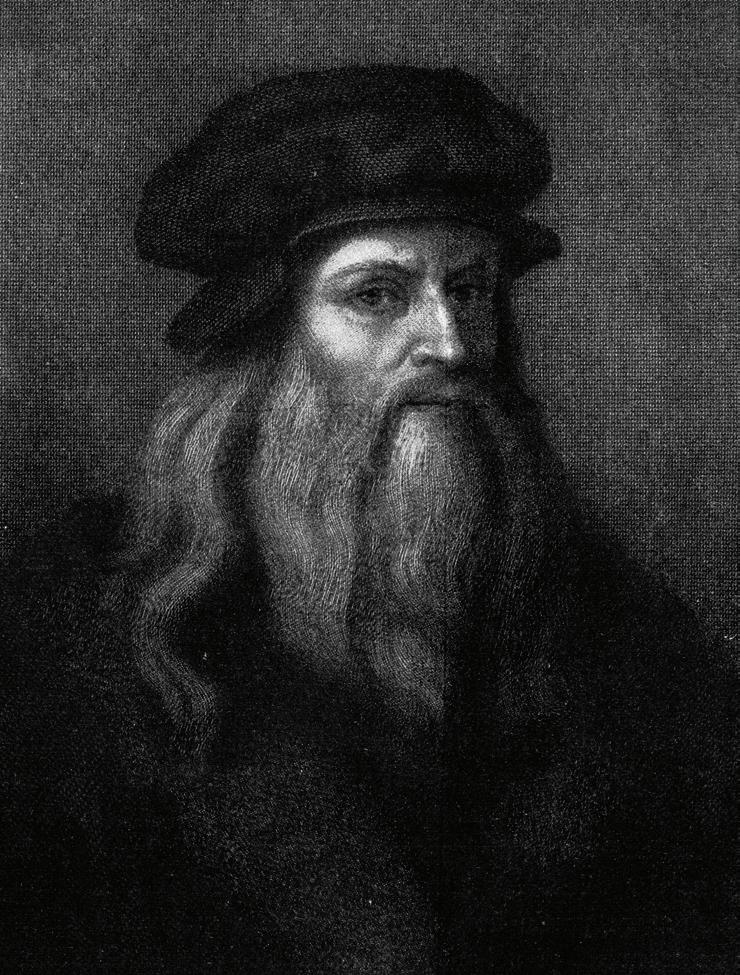
COURTESY: PLUSJ21.NET.AU
Italian historian Carlo Vecce set out to debunk rumours of da Vinci’s foreign origins, but a newly discovered document changed his mind.
In all likelihood, Leonardo da Vinci was only half Italian. His mother, Caterina, was a Circassian Jew born somewhere in the Caucasus, abducted as a teenager and sold as a sex slave several times in Russia, Constantinople and Venice, before being freed in Florence at age 15.
This, at least, is the conclusion reached in the new book Il sorriso di Caterina, la madre di Leonardo, by the historian Carlo Vecce, one of the most distinguished specialists on da Vinci.
The official version of da Vinci’s birth is that it was the fruit of a brief fling between the Florentine solicitor Piero da Vinci and a young peasant from Tuscany called Caterina, of whom almost nothing was known.
Yet there had long been a seemingly unfounded theory that Leonardo had foreign origins and that Caterina was an Arab slave.
Six years ago, Professor Vecce decided to kill the rumour for good. “I simply found it impossible to believe that the mother of the greatest Italian genius
would be a non-Italian slave,” he said. “Now, not only do I believe it, but the most probable hypothesis, given what I found, is that Caterina was Jewish.”
Vecce embarked on the research for his latest book during the reconstruction of da Vinci’s library, which is where he found the document that changed everything.
Dated November 2, 1452, seven months after Leonardo’s birth, and signed by Piero da Vinci in his professional capacity, it is an emancipation act regarding “the daughter of a certain Jacob, originating from the Caucasian mountains” and named Caterina.
the help of worldwide donors, who at every juncture rallied to support Israel, KH-UIA facilitated the development of hundreds of border settlements and development towns. There was barely an aspect of Jewish life that KH-UIA wasn’t involved in – from youth aliyah and rescue, to setting up absorption centres and ulpanim, youth villages, kindergartens and hospitals. And here we are today, 75 years later. Despite
the toll taken by the many wars that Israel has been forced to fight, KH-UIA has brought in more than three and a half million olim. It has facilitated their integration so that Israel today is the spiritual, cultural and population centre of the Jewish people. The inventiveness and ingenuity that characterises this young country has made it a global leader in security, agriculture, science, technology, medicine and other fields. All these achievements were made possible with the help of KH-UIA donors, who serve as a bridge linking world Jewry and the State of Israel.
Yet, immense challenges remain. In Israel, at-risk youth, vulnerable populations, Holocaust survivors and the elderly are in desperate need of our support. Around the globe, the flames of antisemitism are burning again. Despite this, the same perseverance and passion that fired KH-UIA’s founders continues to drive its worldwide family. Supporters have demonstrated that all of Israel is responsible for each and every component of the nation, reflecting their unconditional love for the Jewish People and their homeland.
This spirit will continue to inspire the global KH-UIA family as it strengthens the State of Israel to be a safeguard for Jews around the world.
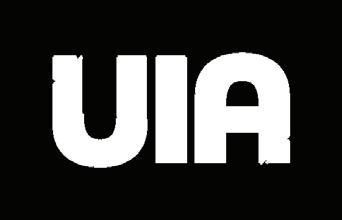

Keren Hayesod-UIA is proud to be the official fundraising arm of the State of Israel.
Thanks to your support, thousands of new Olim from Ukraine and other countries will celebrate their first Yom Ha'atzmaut in Israel.
Together, we will continue to empower and strengthen the People of Israel.
Am Yisrael Chai!
Stories from the Violins of Hope is a new play coming to Sydney that brings to life the powerful true tales of violins played during the Holocaust in ghettos, forests and concentration camps.
The moving stories track the many instruments that were saved during and after WWII by the Weinsteins, a family of luthiers (the makers and repairers of stringed instruments)
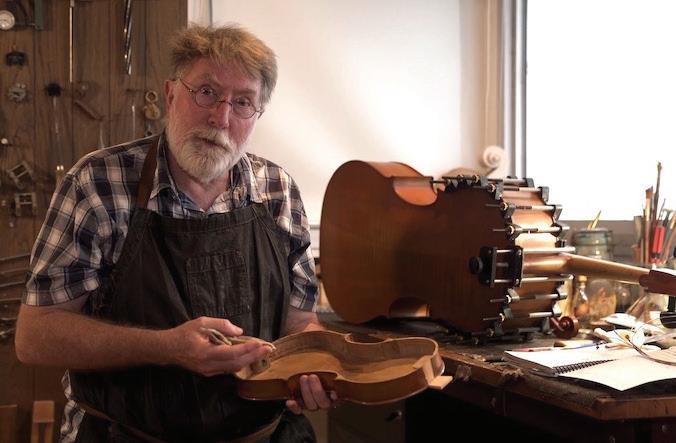
The work, written by Los Angelesbased Lisa Pearl Rosenbaum and Ronda Spinak (the founder and director of The Braid in LA), will be accompanied by live music curated by Dr Noreen Green (the founder and conductor of the Los Angeles Jewish Philharmonic Orchestra). Five actors will accompany violinist Ben Adler and Dr Green on piano.
Mr Adler founded klezmer fusion band Chutney in 2019, and the Nomad String Quartet in 2021. Upon graduating from Sydney Conservatorium of Music, he joined the Australian Chamber Orchestra, where he performed and toured nationally.
The play is based on many conversations Ms Rosenbaum had with Israeli violin maker Amnon Weinstein. Weinstein owned numerous violins, which were sold to him by people who were captured during the Holocaust. Ms Rosenbaum also conducted research on the violins that Weinstein’s father and his son restored.
“As you hear the stories of the violins, you’re also hearing the incredible family stories and that’s what makes this play different from a concert,” Ms Spinak said.
Violins were played by humble klezmers in Eastern Europe and by virtuosi of the finest orchestras. Each has a story to tell in the play. There is the violinist that can’t bear to play the instrument of her murdered Jewish friend, but wants her to be remembered and the railway worker that rescued a violin thrown from
Except where expressly stated otherwise, content in The Sydney Jewish Report is provided as general informations only. The articles in this paper have been contributed by a third party. The opinions, facts and any media content here are presented solely by the author, and The Jewish Report assumes no responsibility for them. It is not intended as advice and must not be relied upon as such. You should make your own inquiries and take independent advice tailored to your specific circumstances prior to making any decisions. We do not make any representation or warranty that any material in the papers will be reliable, accurate or complete, nor do we accept any responsibility arising in any way from errors or omissions. We will not be liable for loss resulting from any action or decision by you in reliance on the material in the papers. By reading the papers, you acknowledge that we are not responsible for, and accept no liability in relation to, any reader’s use of, access to or conduct in connection with the papers in any circumstance. Photographs submitted by individuals or organisations are assumed to be their property and are therefore not otherwise credited. All articles in this paper have received the expressed consent of the author to publish in this paper.
The Jewish Report; ISSN 2204-4639
Publisher: The Jewish Report Pty Ltd (ACN 167302981)
Distributor: TJR Distribution Pty Ltd ACN 165158029
Comments or suggestions to: editor@thejewishreport.com.au
Article submissions to: www.thejewishreport.com.au/article-submission-guidelines
Advertising: editor@thejewishreport.com.au
Website: www.thejewishreport.com.au
Printer: Spotpress Pty Ltd
a train bound for a concentration camp and, after the war, honours its owner’s last wish. There is the father that calls his violin “friend’ because playing it for food saved his family from starvation, the waltz that saved a violinist from execution and the boy whose violin is his avenging weapon against the Nazis.
Stories from the Violins of Hope will play at Bondi Pavilion from 31st May to 18th June.

To book, go to https://events.humanitix.com/storiesfrom-the-violins-of-hope-by-lisagoldbaum-and-ronda-spinak
Bondi Pavilion Theatre
1 May - 18 June 2023
Tickets from $40* *booking fees may apply
BOOK NOW
www.moirablumenthalproductions.com.au/violins
Albert Einstein willed his personal archives and the rights
Einstein's character and research. That will include scientific demonstrations,

It’s Israel’s 75th birthday and what better way to celebrate than with the launch of JNF Australia’s My Israel Passport sticker book.

Kicking off on Yom Ha’atzmaut 2023, this popular craze is once again bringing Israel to primary students across the country.
School children will be flocking to kosher venues in their cities to collect their stickers to complete their much anticipated My Israel Passport (MIP) sticker book.
This year’s educational stickers include a deep dive into Israel’s national symbols, UNESCO world heritage sites, the ways in which Israeli innovation helps feed the world, a dedicated kids’ zone and a tour of the JNF projects that have helped build Israel. So, do not be surprised when your child asks to trade Bazooka for the White City in Tel Aviv.
Sticker books will be handed out at Jewish day schools and will be freely available at a variety of outlets for students attending non-Jewish schools (details can be found at https://jnf.org. au/mip3/). Sticker packs can be found at a wide range of kosher restaurants and outlets, Jewish institutions and Jewish day school canteens.
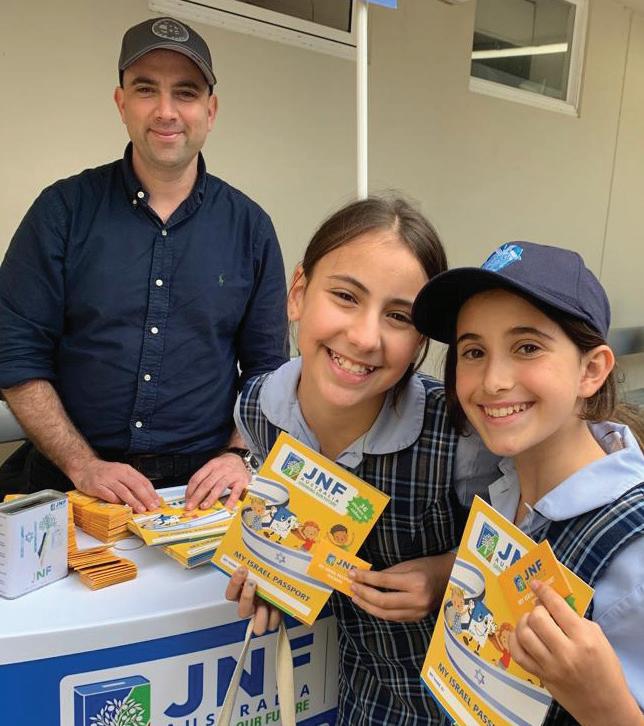
How do you complete your passport?
Request a pack of stickers when making a purchase from one of the participating vendors. Collect and swap stickers until your MIP is complete. Submit proof of your completed MIP to enter the draw for a prize.
“My Israel Passport is the perfect way to educate our school children about Israel in an informal and interactive manner. In the three iterations of this sticker book, we’ve bought to life Israel’s incredible achievements, innovations and history over the past 75 years,” said Justine Williams, JNF NSW Executive Director.
Visit the JNF stand at the Sydney Yom Ha’atzmaut community event on 30th April for a bonus sticker pack.
For more details on the My Israel Passport collectable sticker books, visit www.jnf.org.au/mip3 or contact JNF at education@jnf.org.au. Remember to look out for your child’s MIP around Yom Ha’atzmaut and help them start collecting.
breakthroughs in a variety of disciplines and it is among the top recipients
students, is truly the University of the Jewish People.
When I was a boy, I went to Camp Gan Israel in the summer. One of the highlights was a two day, 35mile canoe trip. I remember being in a canoe with a friend, going down a fast-moving river and debating whether or not to stop at a little island with nice scenery.
The deliberations raged back and forth as to whether or not to pause. Meanwhile, the fast-moving river did not wait for us to reach a consensus - the waterway settled it decisively. We had passed the island without stopping.
Much of life is like this. You might wonder whether to go to sleep early or stay up until dawn. Struggling to make up your mind, you might weigh the opposing considerations over and over. Yet the march of time does not stop for your internal dialogue. If you fail to make up your mind, the sun will rise before you have reached a resolution.
If your mind does not decide, life will. There is no pause button, there is no instant replay.
The same applies to life’s greatest decision: faith in G-d. If I ask, what do you think about G-d, the soul, and immortality? A person may reply “I do not know.
I am agnostic. I am still figuring it out and mulling it over.”
Intriguingly, while you can delay the making up of your mind, you cannot avoid deciding how to live. At one end of the spectrum one may opt to live as though this were a G-dless universe. One may opt to live as though life is dictated by random chance and the self-arrangement of atoms, only to end in a cosmic ash heap. Or swing to the other end of the ‘purpose pendulum’.
In that special spiritual space, you can choose to live as though our world is infused with ultimate meaning, guided by a good, loving G-d. A deity who imbues the world with purpose and leads it to a glorious destiny instilling in all a positive, nourishing, and uplifting faith in G-d.
Consider: It simply can’t feed your soul if you are neutral about G-d in practical life on a day-to-day basis!
G-d parted the sea, and the Jews crossed to safety. At that moment, the Bible recounts, “The Jewish people believed in G-d … and they broke into song.” It is not by accident that the first time the Jews sang was immediately after they first believed. Faith turns life into a string of songs.
In Egypt and then at Sinai, the Jews encountered a Higher Being, a guiding hand that intervened in history and that wove meaning and purpose into creation.
They witnessed that truth up close and personal, with their own eyes. They perceived themselves not as protons and electrons boxing blind, but as
infinitely precious beings, created in the image of G-d.
Then and now, G-d’s outstretched Hand is ever-present. When the State of Israel was created in 1948, tears of gratitude were wept by Jews all over the world. After all the tragedy and all the trauma – the miracle of G-d unfolded before our very eyes. It was G-d and G-d alone who could have orchestrated that miraculous occurrence. There was simply no other way in the rational or spiritual realm to explain it. Yes, we rode the ‘Purpose Pendulum’ all the way until the last stop and we got off at our Holy Land. It had been a weary, long and often lonely ride.

Baruch Hashem, we made it. Am Yisrael Chai.
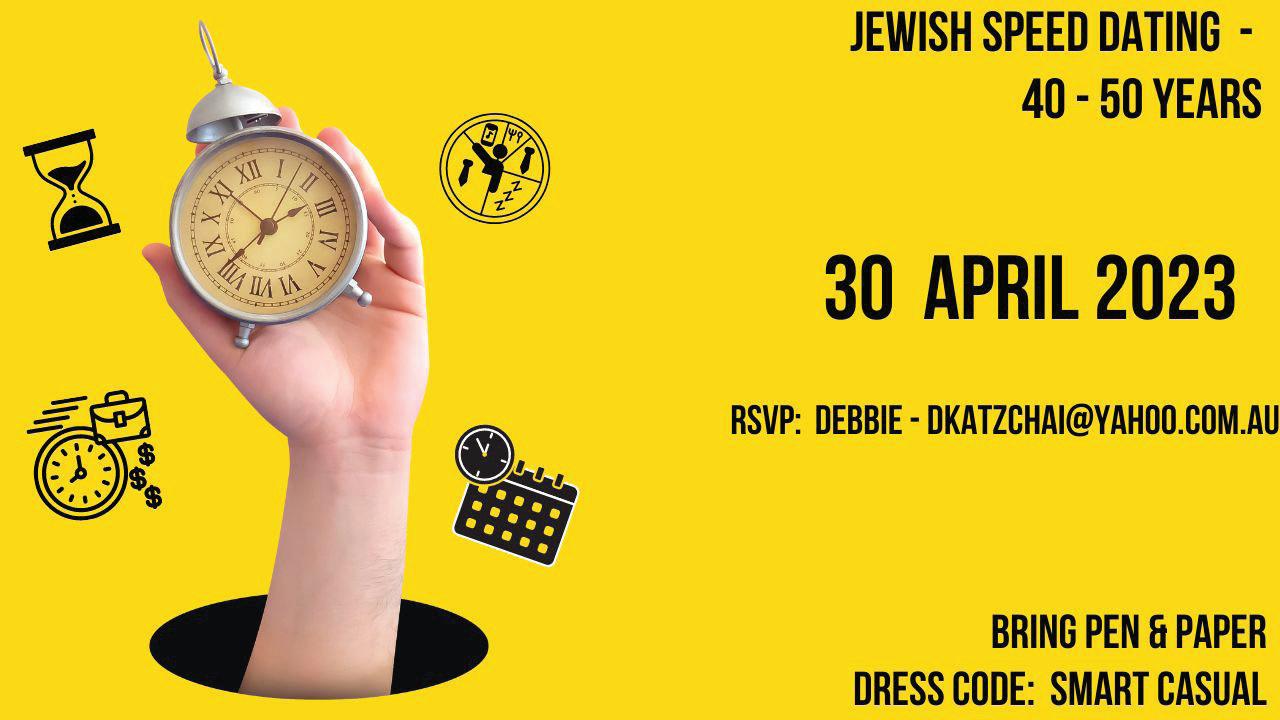
COURTESY: PLUS61J.NET.AU
The artist is best known for his colourful paintings, but the first uploads to this new site are sculptures and reliefs (www.marcchagall.com).

The first official website dedicated to Marc Chagall has gone live in a key year for the man hailed as the quintessential Jewish artist of the 20th century.
It is a massive labour of love initiated by Meret Meyer, granddaughter of the prolific Russian painter, sculptor and set designer, born Moishe Shagal near Vitebsk in 1887.
Indeed, he was so productive that website director Ambre Gauthier says it will take years to complete the detailed list of the estimated 10,000 works the site ultimately aims to host.
“Chagall worked in stained glass and mosaic as well as paint, pen and ink, clay, stone and textiles.
We don’t even know yet for sure the total number of pieces,” says art historian Gauthier, who is also director of the Chagall archives and catalogues.
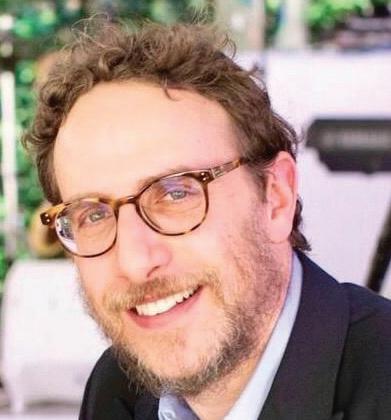
Years of work have already gone into compiling an authoritative catalogue for every medium Chagall worked in, but it will take several more years to complete.
“We have started with the sculptures, ceramics will be next and everything will be listed, from theatre sets and
costumes to windows and tapestries, as well as the thousands of paintings and drawings,” Gauthie says.
The website, in French and English, is being launched now because this year marks the 50th anniversary of the Chagall Museum in Nice and the opening of a year-long immersive event at the Atelier des Lumières in Paris, as well as exhibitions in Oslo, Madrid and Vilnius.
COMEDIAN MICHAEL SHAFAR COMEDIAN MICHAEL SHAFAR



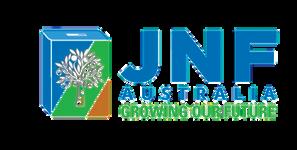


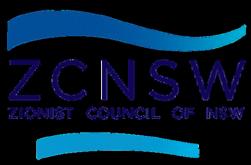
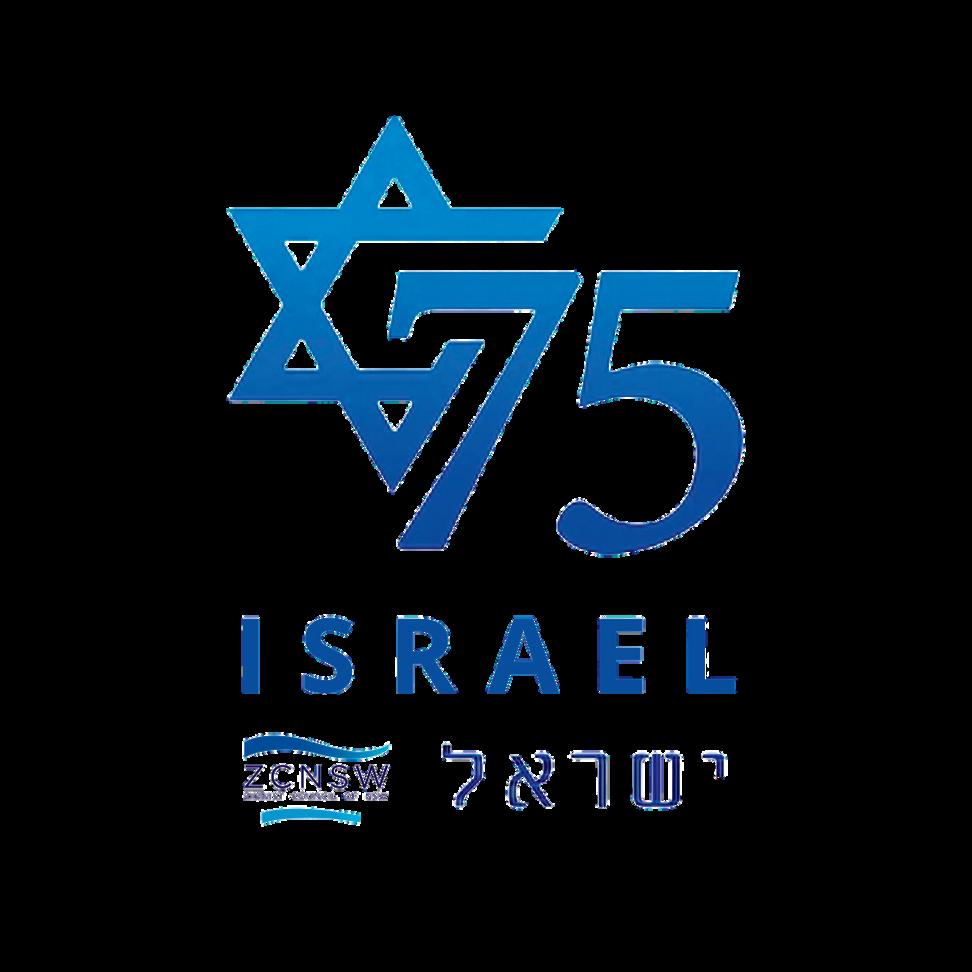


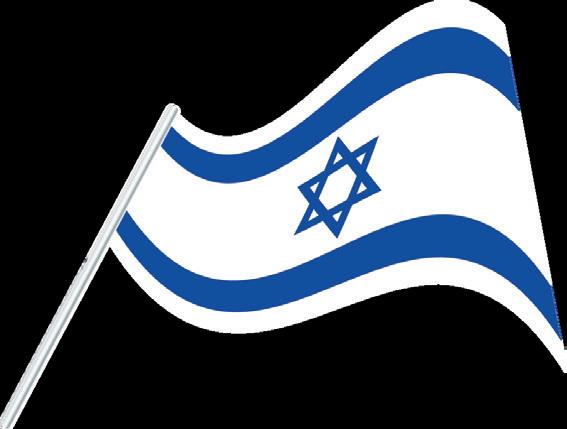




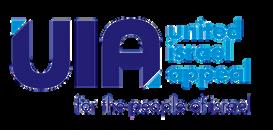
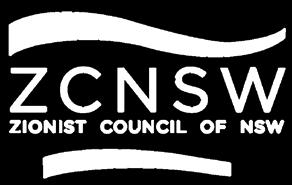








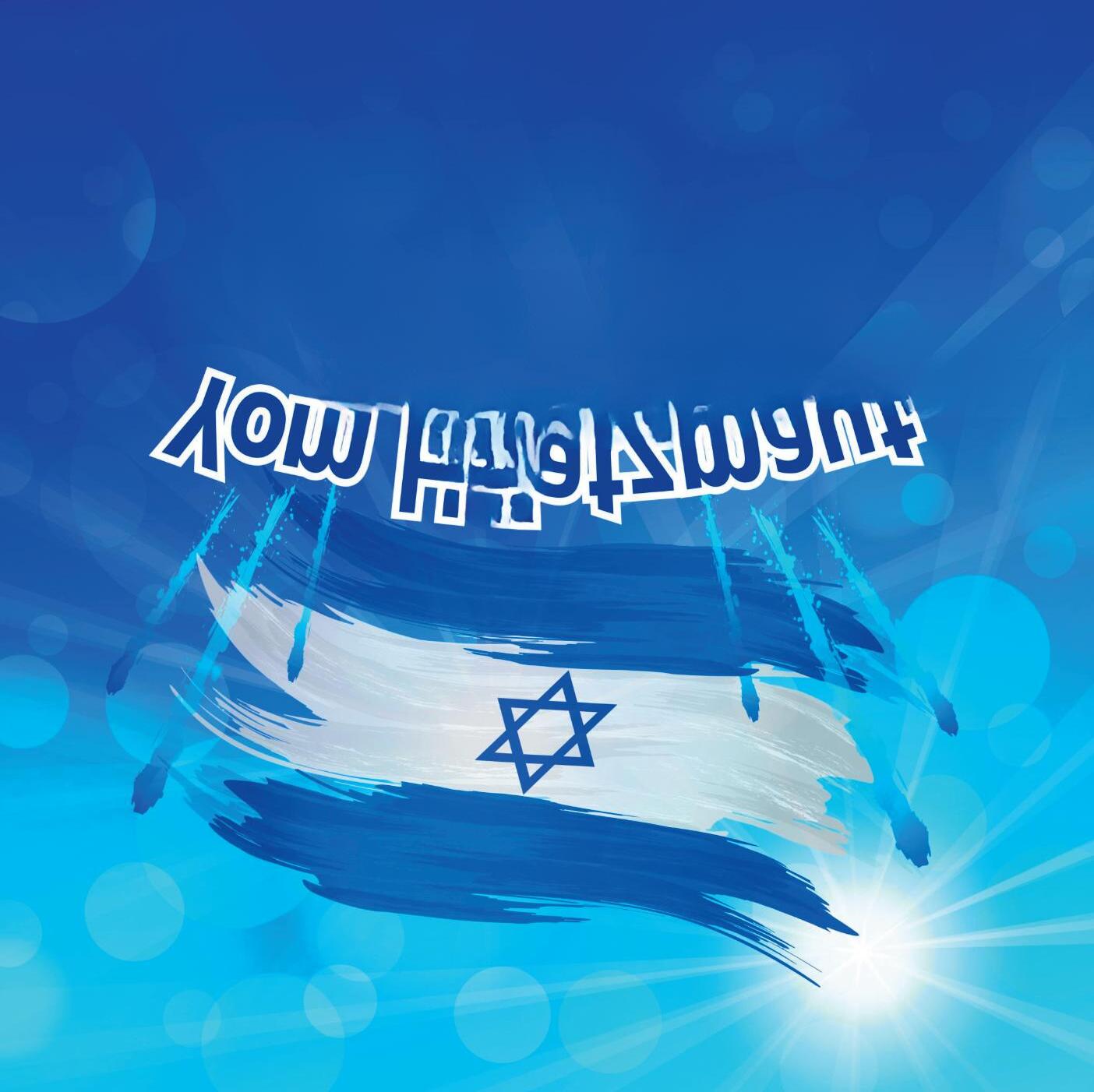

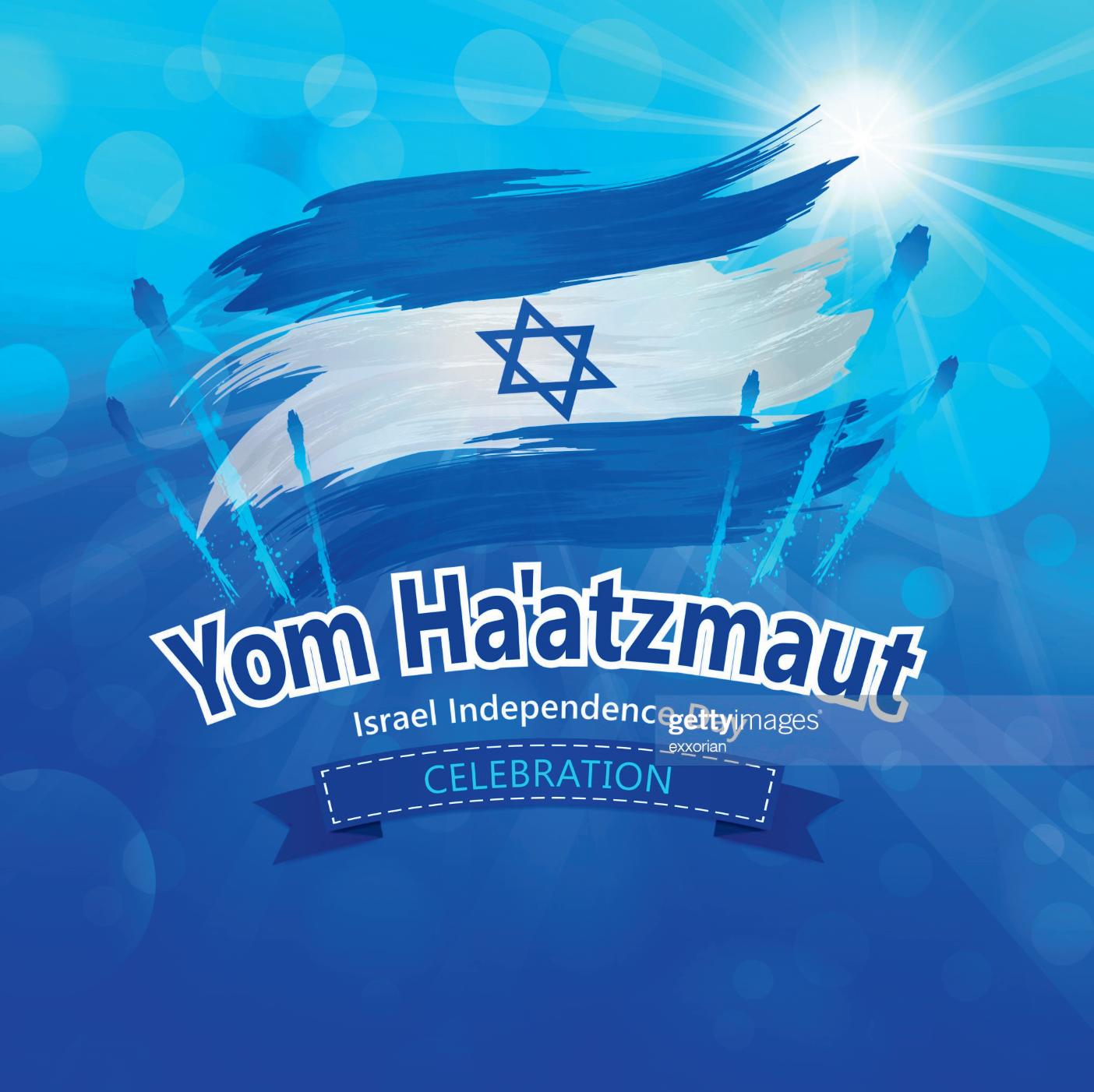
Ben Ferencz, the last living prosecutor from the Nuremberg trials, who prosecuted Nazis for genocidal war crimes and was among the first outside witnesses to document the atrocities of Nazi labour and concentration camps, has died. He turned 103 last month.
Ferencz passed away in Boynton Beach, Florida, according to St. John’s University law professor John Barrett, who runs a blog about the Nuremberg trials. The death also was confirmed by the US Holocaust Museum in Washington.
“Today the world lost a leader in the quest for justice for victims of genocide and related crimes,” the museum tweeted.
Born in Transylvania in 1920, Ferencz emigrated as a very young boy with his parents to New York to escape rampant anti-Semitism. After graduating from Harvard Law School, Ferencz joined the US Army in time to take part in the Normandy invasion during World War II.
Using his legal background, he became an investigator of Nazi war crimes against US soldiers, as part of a new War Crimes Section of the Judge Advocate’s Office.
When US intelligence reports described soldiers encountering large groups of starving people in Nazi camps watched over by SS guards, Ferencz followed up with visits, first at the Ohrdruf labour camp in Germany and then at the notorious Buchenwald concentration camp. At those camps and later others, he found bodies “piled up like cordwood” and “helpless skeletons with diarrhea, dysentery, typhus, TB, pneumonia and other ailments, retching in their louseridden bunks or on the ground with only their pathetic eyes pleading for help,” Ferencz wrote in an account of his life. “The Buchenwald concentration camp was a charnel house of indescribable horrors.”
“There is no doubt that I was indelibly traumatised by my experiences as a war crimes investigator of Nazi extermination centres. I still try not to talk or think about the details.”
At one point toward the end of the war, Ferencz was sent to Adolf Hitler’s mountain retreat in the Bavarian Alps to search for incriminating documents, but came back empty-handed.
After the war, Ferencz was honourably discharged from the US Army and returned to New York to begin practising law. But that was short-lived. Because of his experiences as a war crimes investigator, he was recruited to help prosecute Nazi war criminals at the Nuremberg trials, which had begun under the leadership of US Supreme Court Justice Robert Jackson. Before leaving for Germany, he married his childhood sweetheart, Gertrude.
At the age of 27, with no previous trial experience, Ferencz became chief prosecutor for a 1947 case in which 22 former commanders were charged with murdering more than a million Jews, gypsies and other enemies of the Third Reich in Eastern Europe. Rather than
depending on witnesses, Ferencz mostly relied on official German documents to make his case.
All the defendants were convicted and more than a dozen were sentenced to death by hanging even though Ferencz hadn’t asked for the death penalty. “At the beginning of April 1948, when the long legal judgment was read, I felt vindicated,” he wrote. “Our pleas to protect humanity by the rule of law had been upheld.”
items that had been confiscated from them by the Nazis.
He also later assisted in negotiations that would lead to compensation for the Nazi victims.
In later decades, Ferencz championed the creation of an international court that could prosecute any government’s leaders for war crimes. Those dreams were realised in 2002, with the establishment of the International Criminal Court in The Hague, though its
In December 2022, the U.S. Congress awarded him its highest honour, the Congressional Gold Medal.
“Ben Ferencz was a giant,” said WJC General Counsel and Associate Executive Vice President Menachem Rosensaft. “He devoted himself to the very end of his long and distinguished career to making sure that the lessons of Nuremberg would become engrained in both international law and the consciousness of society as a whole. He was also a fierce and tireless champion of providing at least a modicum of justice to Holocaust survivors.”

George Foster, President of The Australian Association of Jewish Holocaust Survivors & Descendants, told J-Wire: “His passing marks the end of an era, which saw the murder of six million Jews and, perhaps, also the era of prosecution of the perpetrators. He was a persuasive advocate of justice for victims of genocide stemming from his experience as a Nuremberg prosecutor and witnessing the horrific consequences of the genocide of European Jewry.
“Nuremberg taught me that creating a world of tolerance and compassion would be a long and arduous task,” he said. “And I also learned that if we did not devote ourselves to developing effective world law, the same cruel mentality that made the Holocaust possible might one day destroy the entire human race.”
With the war crimes trials winding down, Ferencz went to work for a consortium of Jewish charitable groups to help Holocaust survivors regain properties, homes, businesses, artworks, Torah scrolls and other Jewish religious
effectiveness has been limited by the failure of countries like the United States to participate.
The World Jewish Congress said Ferencz played a key role in negotiating the watershed 1952 reparations agreements under which West Germany agreed to pay $822 million to the State of Israel and to groups representing Holocaust survivors.
A lifelong advocate for Holocaust remembrance and genocide prevention, he was the last remaining link with the post-war efforts to bring the leading Nazi war criminals to justice.
The Australian Association of Jewish Holocaust Survivors & Descendants and, indeed, all survivors and people of conscience, mourn the death of Ben Ferencz, an honest, caring and thoughtful man.
In noting Mr Ferencz’s passing, Sue Hampel, co-President of Melbourne’s Jewish Holocaust Centre, said: “He was a remarkable man who left an incredible legacy in his quest for justice for all victims of genocide.”
Ben Ferencz is survived by a son and three daughters. His wife died in 2019.
At the age of 27, with no previous trial experience, Ferencz became chief prosecutor for a 1947 case in which 22 former commanders were charged with murdering more than a million Jews, gypsies and other enemies of the Third Reich in Eastern Europe.RABBINIC
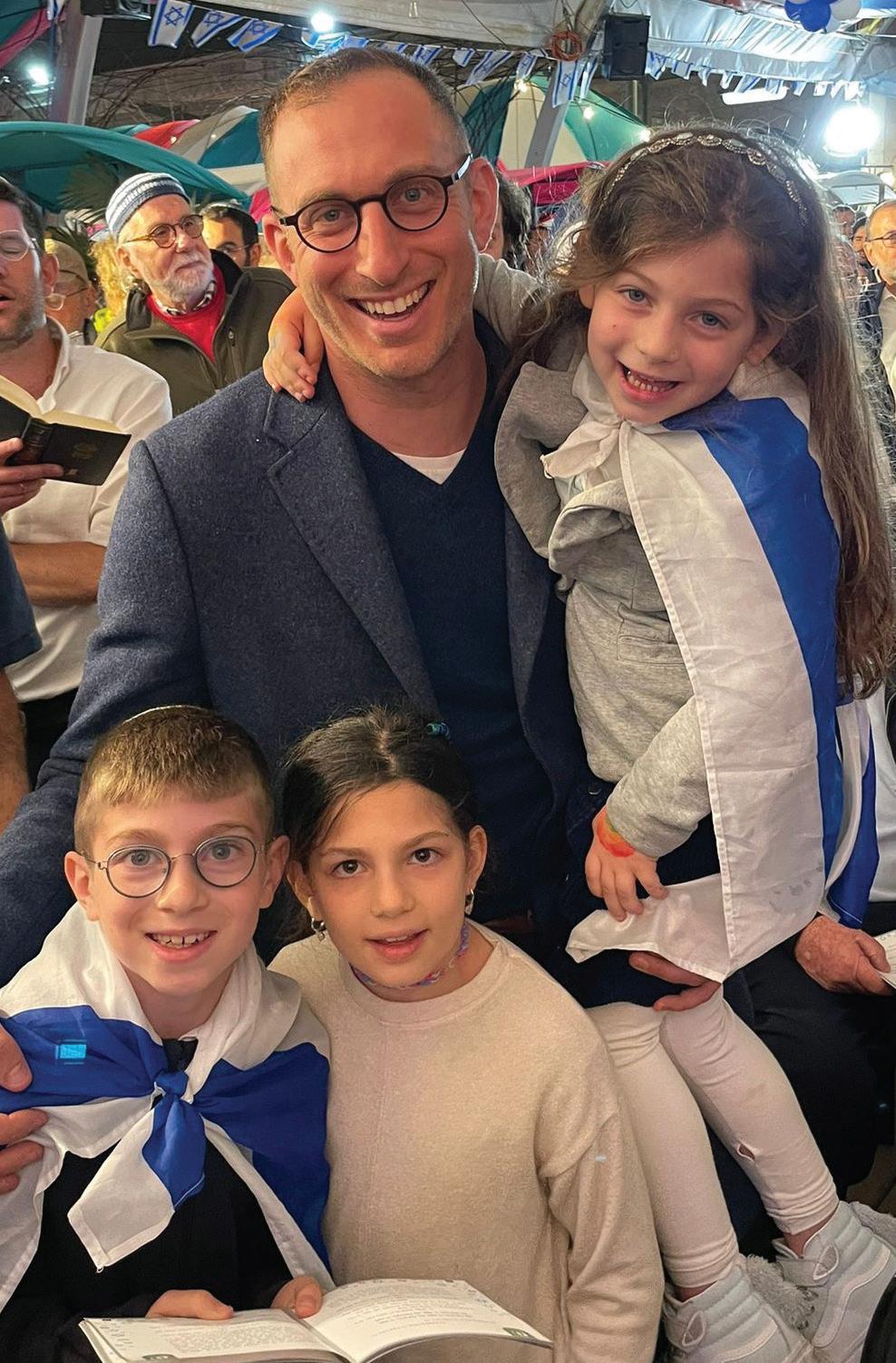
It is truly heartbreaking to remember the events of April 1943.
Warsaw's pre-war Jewish population of more than 350,000 constituted about 30 percent of the city's total population. The Warsaw Jewish community was the second largest in the world, second only to New York.
In October 1940, the Nazis decreed the establishment of a ghetto in Warsaw. It was enclosed by a wall that was over ten feet high, topped with barbed wire, and closely guarded to prevent movement between the ghetto and the rest of Warsaw. The population of the ghetto increased by Jews compelled to move in from nearby towns, was estimated to be over 400,000 Jews.
On April 19, 1943, Erev Pesach 5703, the German army surrounded the ghetto walls in order to liquidate it and deport the remaining inhabitants. With nothing to lose, the Jews offered organised resistance in the first days of the operation, inflicting casualties on the well-armed and equipped SS and police units. Brave souls continued to resist deportation for four weeks before the Germans ended the operation on May 16th. By that time, 42,000 were deported, most of whom were later murdered and at least 14,000 Jews were killed during the uprising, or immediately afterwards.
ourselves and to our G-d that we wished to keep the tradition alive. That’s what we felt in our hearts; we remembered our ancestors, we remembered their slavery, even as we experienced our own with hardly a hope to survive for one more day.”
And there were others including Rabbi Eliezer Yitzchak Meisel. One of those attending his Seder wrote afterwards, “Amidst this destruction, the table in the centre of the room looked incongruous with glasses filled with wine, the family seated around, the rabbi reading the Haggadah.”
Their heroic resistance was the first of any kind against the Nazis and was the largest uprising by Jews during World War II.
How could humans do this to each other? The Jews were looked upon as non-humans, they could not even be described as commodities to be bought and sold. In the case of Jews during the Third Reich, they had no value whatsoever.
For students of history this dark era remains a mystery. Intentionally killing an entire people - not as a means to any rationally understandable goal - but rather as an end in itself is unfathomable. Additionally, it had nothing to do with Jewish behaviour, even in the word’s broadest possible sense. The murderers were unconcerned with where particular Jews lived, what language they spoke, how they dressed, what they believed about G-d, or even whether they
As we celebrate the 75th anniversary of the founding of the State of Israel, it is upon us to ask about our own connection to this modern miracle. What role does it play in our lives in Australia? Maimonides writes in his Hilkhot Tefillah (5:3) that a person standing in the diaspora should “turn his face” (mahzir panav) towards Israel and pray. One standing in Israel should “direct his face” (mechaven et panav) towards Jerusalem.
The question is why does Maimonides use a different term when referring to diaspora Jews facing Israel (i.e. mahzir) and Israeli Jews facing Jerusalem (i.e. mechaven)? Moreover, the Talmud (Brachot 30a) consistently uses the phrase “direct one’s heart” (yechaven et libo), both with reference to Jews praying outside and inside Israel and only uses the phrase “return his face” (mahzir panav) with reference to someone who is facing east and needs to turn west or vice versa (i.e. they need to make a 180 degree turn), which strengthens our question. Perhaps Maimonides is teaching us that we must be prepared to make 180 degree turns so that we are always facing Israel.
In recent times, some of us have experienced inner struggles concerning how we relate to Israel, especially while living in a place like Australia. However, what Maimonides teaches us is that
the concept of praying towards Israel demands that wherever we face in other aspects of our lives, we must never turn our backs on Israel. Like a relationship with a loved one, difficulties arise and no one is perfect, but we must always appreciate the foundational relationship and invest in growing it, even through the difficulties. Sometimes, we must even be prepared to make 180 degree turns and work through the birth pangs of any new venture.

regarded themselves as Jews or not; if German law identified a person as a Jew, he or she was automatically sentenced to death by virtue of that fact alone.
Remarkably, that is not quite the end of the story. On the 19th of April 1943, as news arrived that the Germans had stationed an army in Warsaw ready to empty the ghetto, Jews inside the ghetto were busy embracing the story of the Exodus from Egypt. This was a symbol of their own fight for dignity, pride and hope.
Roma Frey was 24 years old and she recalled how she and her family had tried their best to make the basement as nice as possible for Yom Tov. Their table was a wooden board resting on rubble underneath and yet she said, “We put a white tablecloth on it – and then put the candles on top of that.”
Roma miraculously survived the war and came to live in Melbourne. “On that fateful night, we acknowledged to
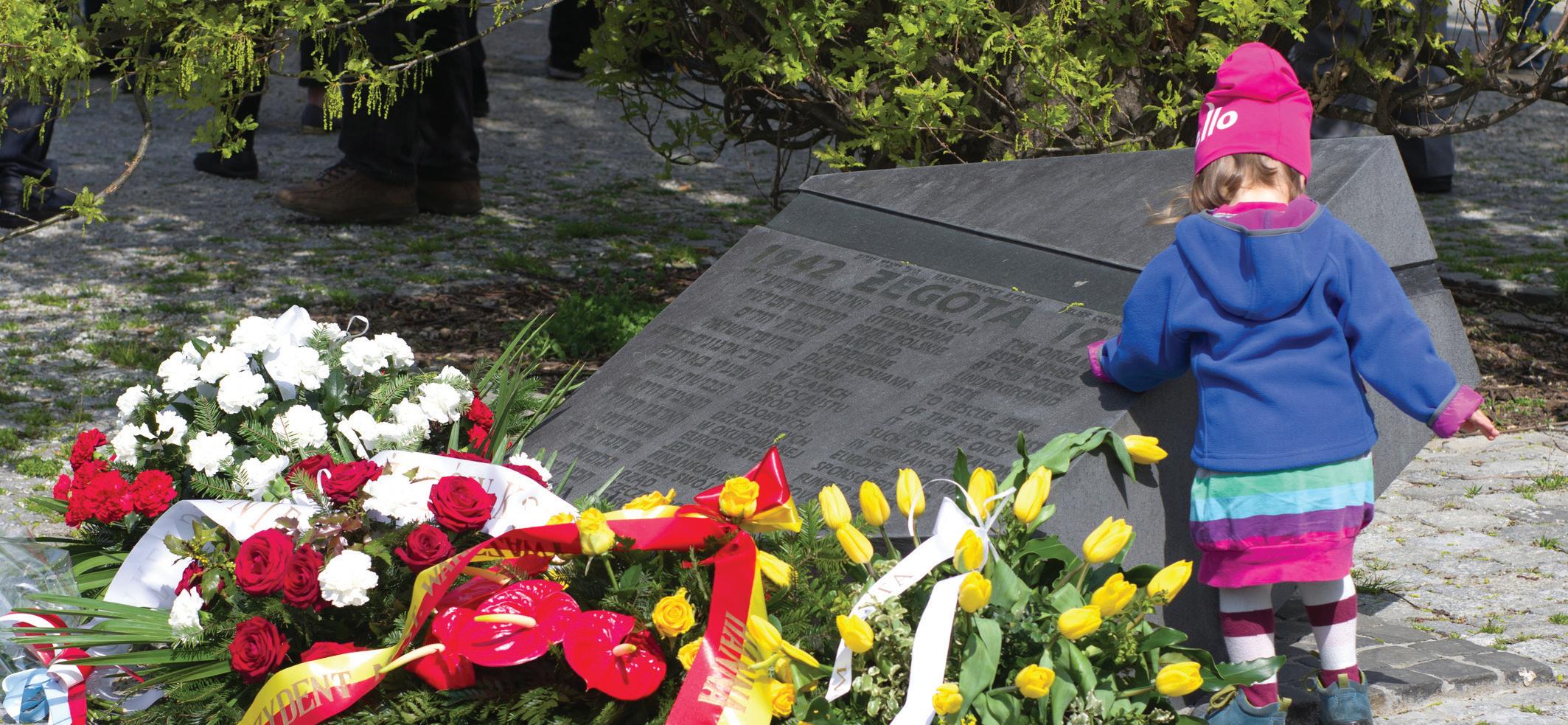
Throughout the night, despite the increasing sounds of enemy fire, they held fast, engrossed in the re-telling of the Jewish people’s redemption from Egypt.
“Now is a good time to die,” Rabbi Meisel said, buoyed by the feeling of pride, courage and faith, as he blessed one of the fighters who came to deliver a report. The rabbi died later that night in the flames of the ghetto. Yet one of those who attended, Tuvia Borzykowski, survived the war and helped establish The Ghetto Fighters’ Kibbutz near Akko in northern Israel.
We were slaves to Pharaoh in Egypt. From that time to this – both the good and bad – the words of the Haggadah continue to speak to us and inform us. We must never accept slavery in any form and instead, continue to build a world filled with human dignity, equality and freedom.
Whisk oil, sugars and vanilla together then add eggs one at a time.
Slowly add dry ingredients into all wet ingredients (except grated carrots).
This month we have a true treat. The talented Natalie Levy at the helm of KA-certified Sweet As Funk is sharing a recipe very close to her heart for the first time – her famous Classic Carrot Cake. This dairy delight was a childhood favourite and was initially made with cream cheese frosting.
This modern iteration has been lightened with a sensational sour cream frosting and the result is … perfection.
All will enjoy the wonderful textural element added by the grated carrots and pineapple and it is balanced in a beautiful way. This flavourful and fragrant cake has been artfully decorated with Sweet As Funk’s famous dehydrated fruits and fresh fruit too. The ever-creative Natalie loves a glimmer of gold and this has been artfully incorporated with gorgeous gold leaf to add the ‘wow’ factor it so rightfully deserves.
Sweet As Funk is well known for its handmade artisan products all made with love.
These include corporate gifts, picnic boxes, buttermilk scones, dehydrated fruits, cupcakes and bespoke beauties like this Classic Carrot Cake. Every single item is tailored and terrific – a truly wonderful contributor enhancing the kosher landscape of Sydney.

INGREDIENTS
520g self-raising flour
1 tsp. kosher salt
3 tsp. cinnamon
590ml vegetable oil
400g caster sugar
380g dark brown sugar
2 tsp. vanilla bean paste
8 eggs
600g peeled and grated carrots
250g fresh pineapple grated
1. Two days. The letter was dated November 2, 1917
2. Rav Nachman of Breslov
3. Machzor Vitry
4. Phil Spector
5. Nigella Lawson
6. Sarah Schenirer
7. Hulda
8. S’mol (Yamin means ‘right’, s’mol means ‘left’.)
9. Pesach
10. Safed
11. Amir Maimon
12. An earthquake with a magnitude of 7.2
13. Golf
14. The Jewish Agency, the Israel Maritime League and the
Histadrut (General Federation of Laborers in the Land of Israel)
15. Bank Leumi founded in 1902
16. Between 550 and 600 species
17. “The fear of the Lord is the beginning of knowledge.”
18. Ezekiel
19. The Study, The Instruction or Learning
20. Magnes Publishing
21. Nathan and Isidor Straus
22. Yom HazikaronRemembrance Day
23. Raven
24. Cordova
25. Istanbul, Turkey
Jewish Answer – SHEPPING. Here is a list of some common words (“yes”, we know there are more words in the dictionary that can work, but these words are common to today’s vernacular) – HIGHNESS, HIGHS, HINGE, HINGES, HINGING, HIPNESS, HIPPIE, HIPPIES, HISSES, HISSING,
NEIGH, NEIGHING, NEIGHS, PHISH, PHISHES, PIGGISH, SHEEN, SHEEP, SHEEPISH, SHEPS, SHIES, SHINE, SHINES, SHINING, SHIPPING, SHINS, SHIPS, SIGHING, SIGHS, SIGNING, SIGNINGS, SIGNS.
Questions/comments – email Yoni at koshercroswords@gmail.com
Sour Cream Frosting
790g unsalted butter
200g sour cream
4 tsp vanilla extract
1250g icing sugar, sifted
METHOD
Preheat oven 180°C.
Line two round tins (6 inches/15cm).
Whisk flour, salt and cinnamon until well incorporated.
Then add grated carrots and mix well.
Divide mixture between the two tins and bake both for 20 minutes or until brown on top and cake bounces back when pressed.
Let cake tiers slightly cool in tins, then remove and place on a wire tray.
Add frosting between the two tiers. Refrigerate.
Once cool, cover entire cake in sour cream frosting.
Decorate with fresh and dehydrated fruit, gold leaf or any combination to your preference.
Enjoy!
To contact Natalie Levy at Sweet
As Funk call 0407 441 474, visit www.sweetasfunk.com or email: natalie@sweetasfunk.com for artisan cakes and so much more.
You can also find the latest creations via Facebook (Sweet As Funk) or Instagram (sweet_as_funk). Ask about the new Sweet As Funk/Soul Gourmet collab – so much available for any upcoming event, large or small.
We’re among African Americans in a working-class suburb in Pittsburgh, Pennsylvania in the 1950s.
Although affable when it suits him, Troy Maxon (Bert LaBonté) can be a hard man to stomach.
A garbage collector, he has a “my way or the highway approach” and sometimes the choices he makes are decidedly ordinary.
His upbringing was far from desirable. He turned out to be a far better than average baseball player, but he never made it to the big league.
Troy has a son in his mid-thirties, Lyons (Damon Manns), who is always short of money.
As a wannabe professional musician, Lyons doesn’t want a regular job and that hardly pleases his father.
Now with his second wife, Rose (Zahra Newman), whom he married 18 years ago, the pair has a teenage son, Cory (Darius Williams).
Although Cory shows a great deal of promise as a baseballer, who a recruiter is looking at, Troy is dead set against that path for him.
Clashes between father and son are inevitable.
Troy also has a brother, Gabriel (Dorian Nkono), who suffered brain damage on the battlefield during WWII.
And then there is Tory’s best mate and fellow garbo Jim Bono (Markus Hamilton).
How do you make a compelling film when the outcome is clear for the world to see?
AIR has the answer. It is a ripper of a movie. It is fun, engaging, edge of your seat fare.
It helps when you have talent like Matt Damon and Viola Davis at the core.
It means you dare not look away for a second.
We are in 1984, when Nike is known as a shoe brand synonymous with running, not basketball.
That latter is dominated by Converse and, to a lesser extent, Adidas.
Nike’s basketball division is on the brink of collapse.
Some time ago, founder and CEO Phil Knight (Ben Affleck) brought in shoe salesman Sonny Vaccaro (Matt Damon) to help change that.
So far, the move hasn’t brought results. In fact, in that regard the company has gone backwards.
With money tight, the answers don’t seem to be forthcoming, until Vaccaro pins all his hopes on a young basketball prodigy that looks like being signed to Adidas.
Against the better judgment of several senior Nike executives, Vaccaro makes an all of nothing play for Michael Jordan (Damian Young).
His pitch is to build a style of shoe around Jordan.
To do so, he bypasses the normal protocol, which dictates going through a target’s manager.
Instead, knowing full well that he will inflame Jordan’s go-to guy, David Falk
Jim sees the good in Troy and has learnt from him, although the former is also witness to something he can’t countenance.
Fences is a deeply affecting character study, reflecting love, injustice, heartbreak and anger.
It won the 1987 Pulitzer Prize for Drama for playwright August Wilson and was turned in a Hollywood movie in 2016, directed by and starring Denzel Washington.
Viola Davis won an Oscar for her performance in the film.
Washington was nominated for Best Actor and Best Picture, while August Wilson was posthumously nominated for Best Adapted Screenplay.
STC has pulled out all stops to put on a sensational production of the work.
The performances are rich and detailed, the production values are exemplary.
Many words are spoken and much of the heavy lifting is left to Bert LaBonté in the lead. In a tour de force performance, he doesn’t miss a beat.
He is instantly impactful and carries his character’s intensity throughout the piece.
Most noticeable is the nuance that he conveys as Troy, whose past has definitively shaped him.
Zahra Newman brings warmth and maturity to her role as Rose, who is willing to put up with a great deal at the cost of subjugating her own needs.
Dorian Nkono is unforgettable as the mentally challenged brother whose situation has impacted Troy’s circumstances.
Darius Williams has an increasingly significant presence as the narrative unfolds and he is emboldened.
Markus Hamilton impresses as Troy’s mate, who all but encourages Troy’s “trash talk”, his hyped-up storytelling, while maintaining a strong moral compass.
As Lyons, Damon Manns maintains the good nature of the persona he inhabits, refusing to be goaded by his father.
Two young actors – Liannah Nandi Sibanda and Molly Moriarty – are alternates who appear late and help shift the dynamic.
The night I saw Fences, it was Liannah who drew approval from the audience for her portrayal of a character that affects those around her.
I can’t speak more highly of set designer Jeremy Allen, who has crafted a large and impressively detailed home setting for Fences.
The lighting design by Verity Hampson is important in signaling the different times of the day in which the play is set.
Brendon Boney’s sound design reflects the many highs and lows in the production.
Fine direction from Shari Sebbens sees Fences as triumphant and compelling theatre of the highest order, which I greatly appreciated.
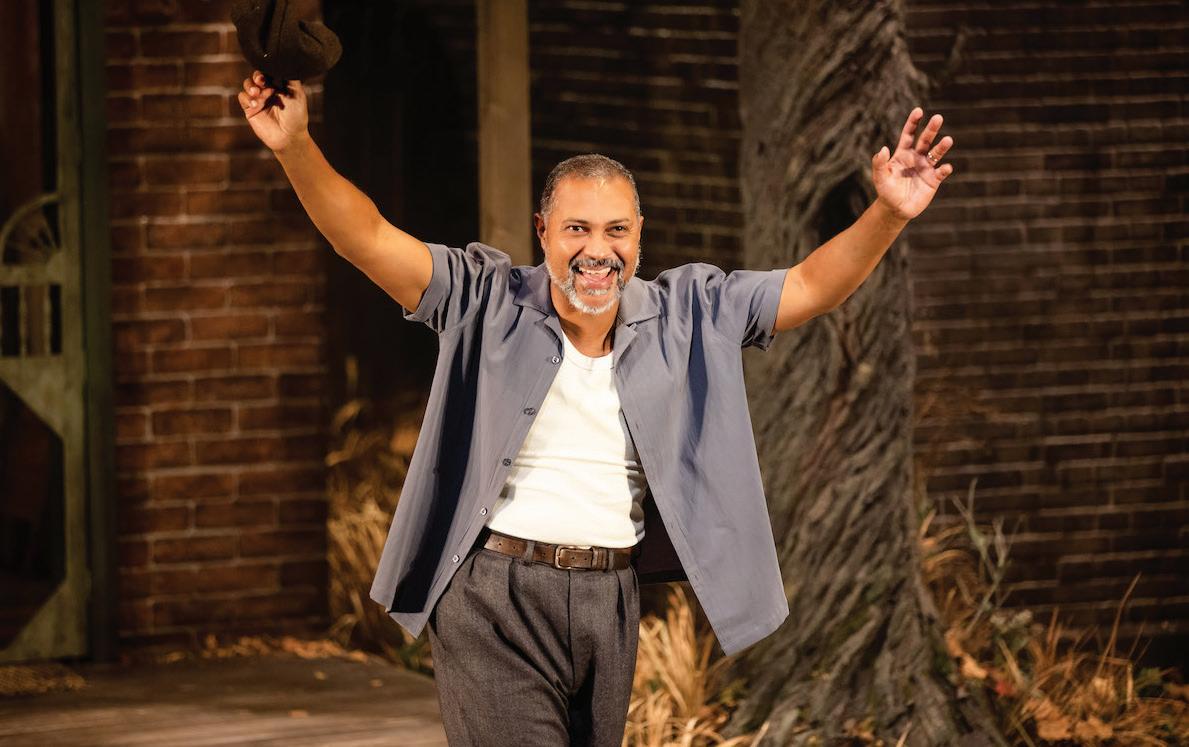
Two hours 40 minutes, including a 20-minute interview, it is on at Wharf 1 Theatre until 6th May, 2023.
(Chris Messina), he appeals directly to Jordan’s parents.
In this case, it is Jordan’s down to earth mother Deloris (Viola Davis) pulling the strings.
But to get a deal done, Vaccaro and Knight will have to reinvent the rulebook. Heavily conversation driven, the script by Alex Convery hits the mark. The characters have been neatly crafted, each with their own peccadillos.
Director Ben Affleck builds an entertaining picture, driven by scenes of high drama and comedy.
A big part of that is taking the mickey out of his own character, the head of Nike.
An unforgettable sequence is the invective laden response when Falk discovers Vaccaro has gone behind his back.
Overall, Messina milks the arrogance inherent in his role, knowing he holds all the cards … until he doesn’t.
In a bravura showing, Damon is utterly convincing as a driven and passionate salesman of integrity.
Davis brings a measured dignity to her portrayal of the wily Deloris Jordan.
There’s a glint in Julius Tenon’s eyes as her husband James.
Jason Bateman brings sensitivity to Nike marketing executive Rob Strasser.

Matthew Maher is nothing if not quirky as shoe designer Peter Moore.
Despite the good nature of his persona, I struggled to understand Chris Tucker as fast-talking Nike heavyweight Howard White.
Even though this is ultimately a movie about how Michael Jordan ended up making his hundreds of millions of dollars each year, we don’t see his face.
Affleck decided to shoot him (or, at least the actor playing him) from behind in the few scenes he is in.
File footage of the real Jordan speaking is saved for the final credits.
Because of the film’s focus on “getting the deal done”, Affleck’s approach works.
While not everything lands, the vast majority of the time AIR delivers – scoring basket after basket.
Like in Jordon himself, there is greatness inherent in what is on screen.
Rated M, AIR scores an 8 out of 10.
Driftwood The Musical tells the inspirational story of the renowned Austrian/Australian sculptor Karl Duldig and his artist-inventor wife, Slawa Horowitz-Duldig.
It follows their lives in pre-war Vienna, the family’s narrow escape from Nazi Austria, Slawa’s invention of the foldable umbrella and what took place after escaping the Holocaust.
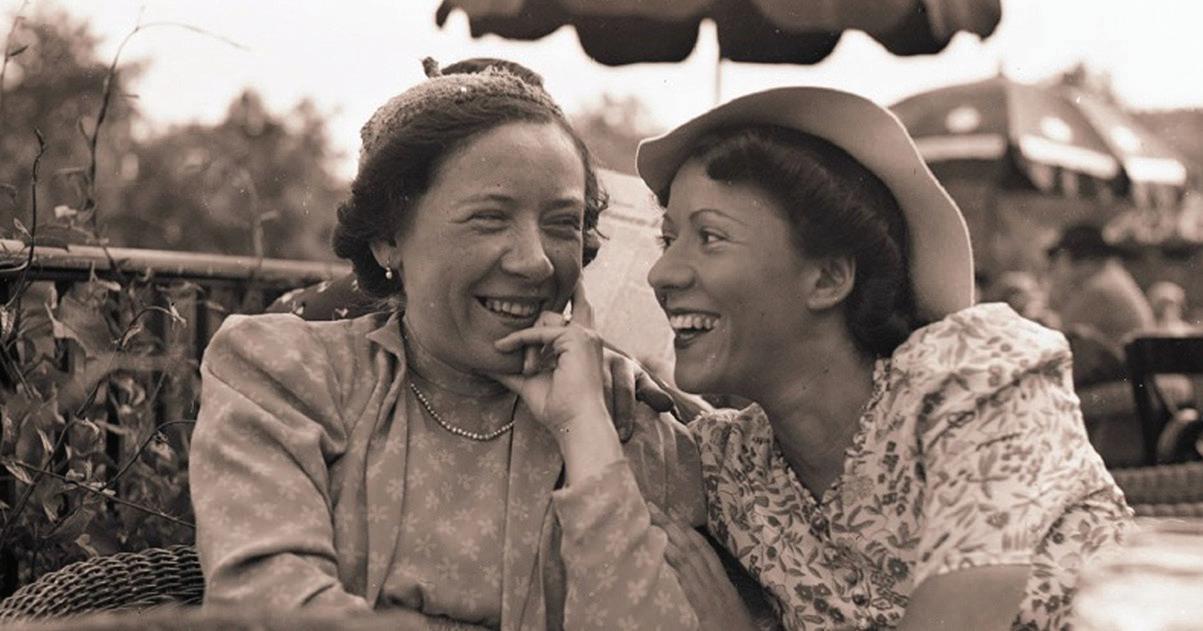
The story, based on the original memoir by Eva de Jong-Duldig and stage play by Jane Bodie, covers three generations and three continents.
It features original music, lyrics and arrangements by Anthony Barnhill, with lyrics by Tania de Jong AM and Jane Bodie and is directed by Gary Abrahams.
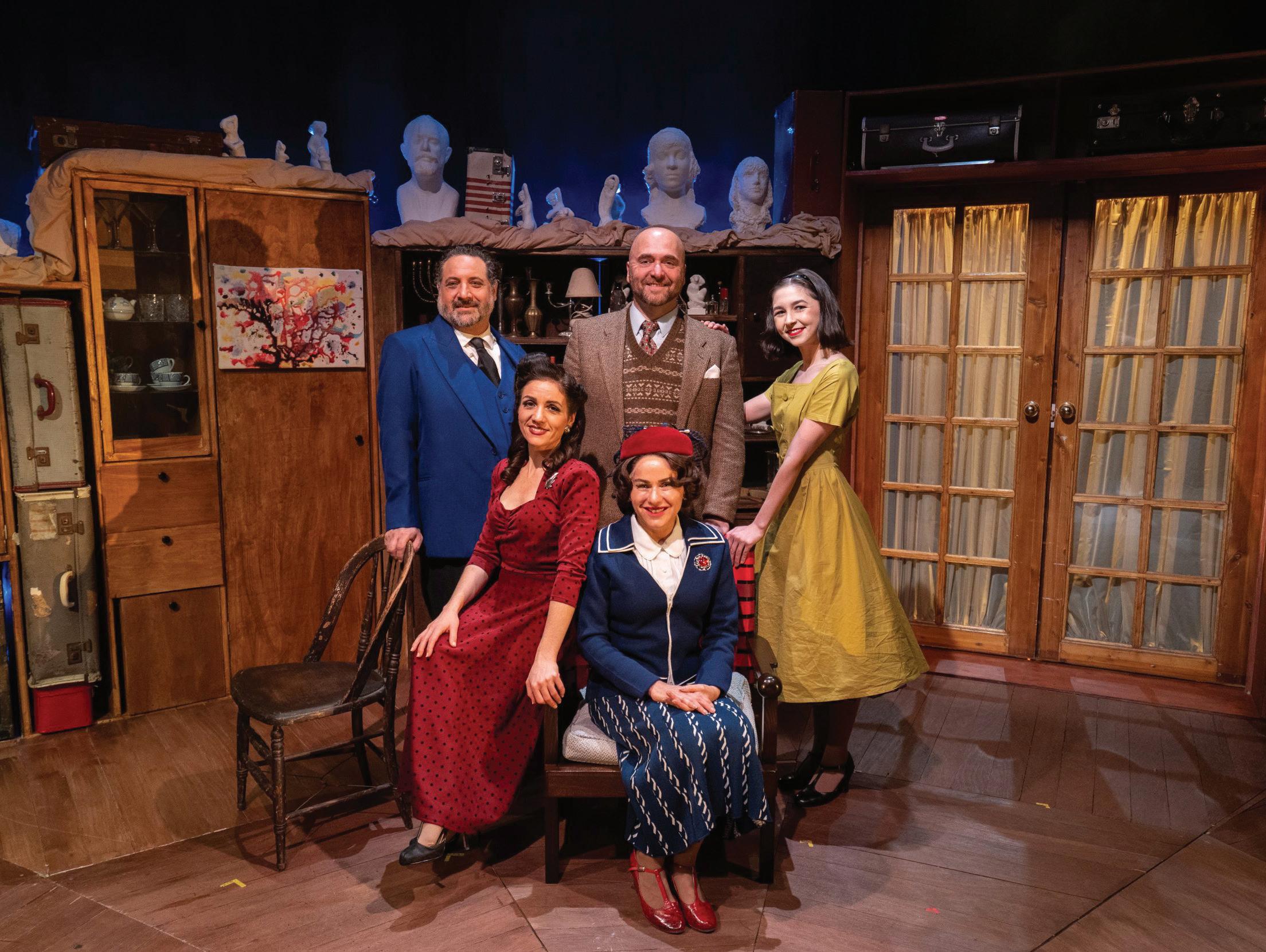
For more information about the show, please go to https://driftwoodthemusical.com.au
The Jewish Report is giving away two double passes to Driftwood the Musical at 7.30pm on 8th June at Eternity Playhouse in Darlinghurst.
The passes will go to the first two readers that can answer the following question: in which year was the original foldable umbrella invented and who invented it?
Please email your answer with your mobile number and the words “Sydney giveaway” in the subject line at the top of your email to vanessa@mtaust.com by no later than 27th April.
Note that only the two winners will be notified.